The best gaming TV for all budgets, all real-world tested by our experts
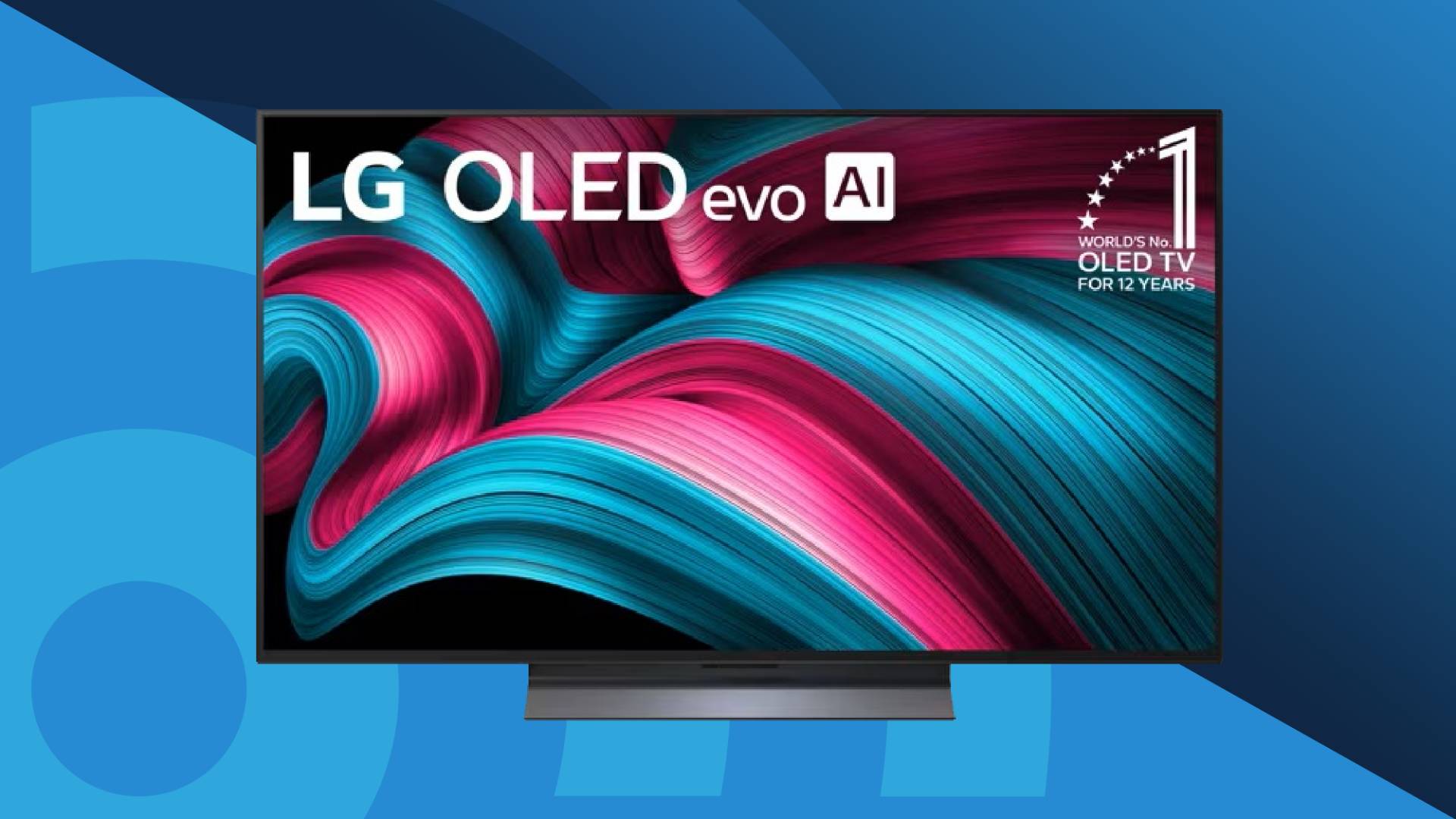
When looking for the best gaming TV, you obviously want to balance fantastic image quality with a budget that's right for you, and a size that fits into your room, just like any other TV. But there are also several specific gaming requirements you need to consider as well.
For our list of the best gaming TVs, we prioritize things a bit different to our overall list of the best TVs. For example, we want gaming TVs need to have a low level of input lag, meaning there isn't a delay between you pressing a button and what you see on your screen. We also want them to have HDMI 2.1 support on as many HDMI ports as possible, so they're future-proof, and to have great gaming features in general.
We test these ourselves, using specialist equipment as well as playing games consoles during the review process. We look for input lag of under 15ms to suit the majority of gamers, or under 10ms for those who want the absolute best results, and we make sure that the gaming features really do work as promised.
Today's top TVs all have high-end gaming features built-in. Higher-end models, including many of the best OLED TVs, are usually excellent for gaming regardless of which one you choose, though some are slightly better value than others. Budget TVs can be great for gaming too, but be warned that some won't have 4K 120Hz support or HDMI 2.1 if they're super-cheap.
The quick list
If you want to quickly find the perfect gaming TV for you, try this list – you can also get a more in-depth write-up of any particular model by clicking the TV link!
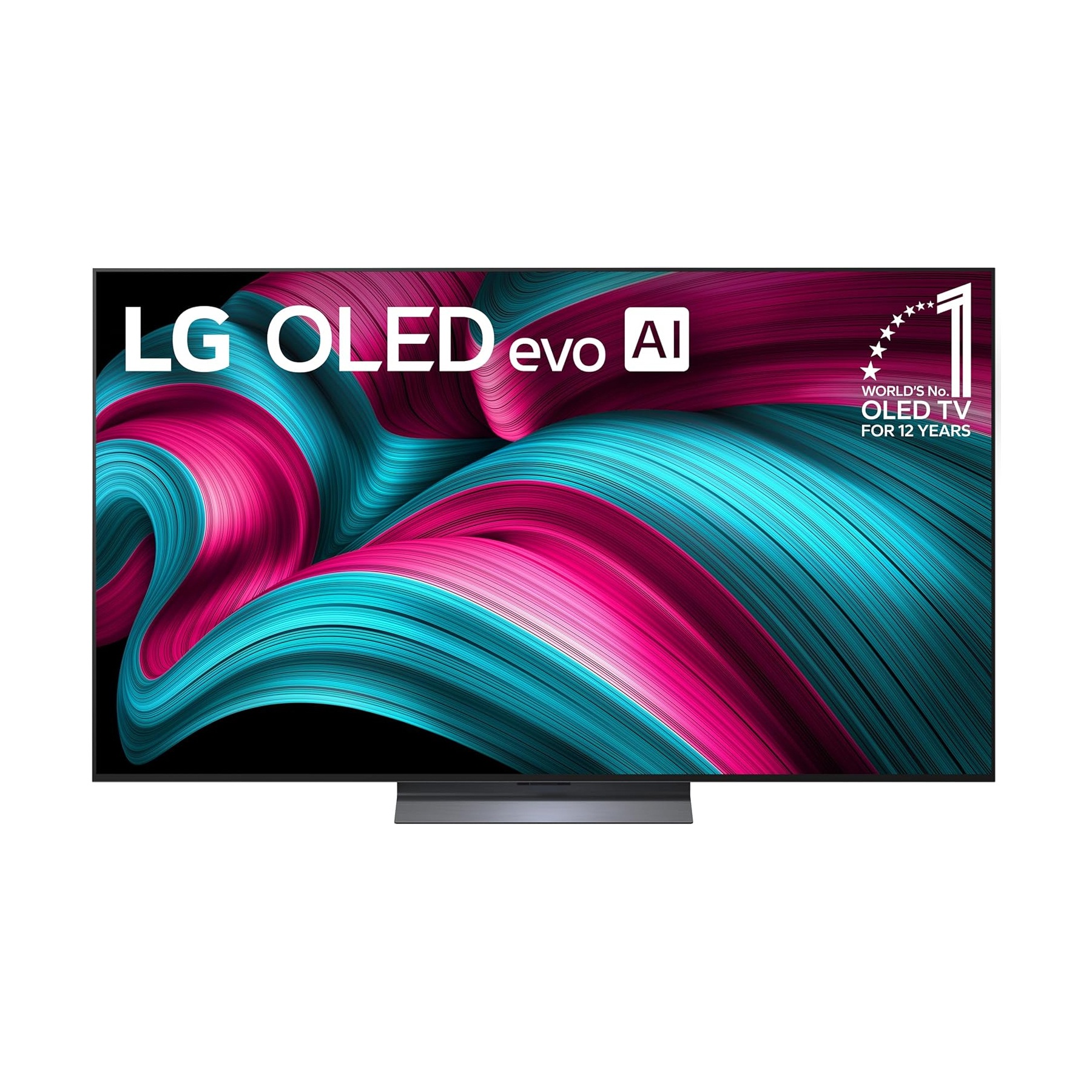
The best gaming TV for most people
The LG C5 is our top gaming TV, with four HDMI 2.1 ports and effectively every feature you could need, including Dolby Vision gaming. It delivers smooth, responsive gameplay and superb picture quality across a wide range of sizes.

The best gaming TV for PS5
This a beautiful OLED with 'Perfect for PS5' tech, including 4K 120Hz and VRR support, plus a special HDR mode for PS5 unique to Sony TVs. It also has top-tier built-in sound.
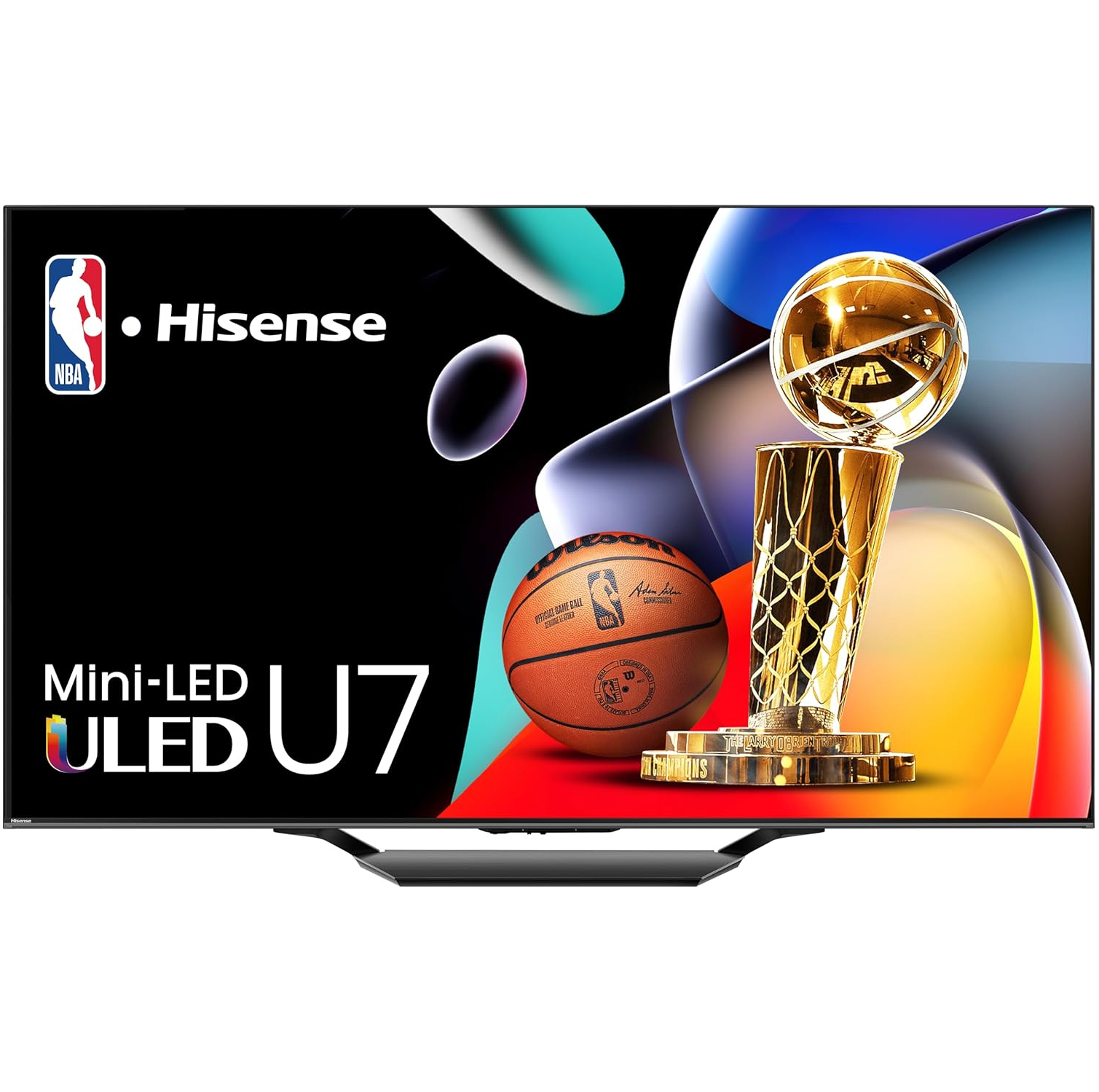
The best budget gaming TV (US)
Dolby Vision gaming, 4K 120Hz (up to 144Hz) refresh rate, VRR and ALLM - the U7N has them all without breaking the bank. It's also available in the UK, but not as good value.
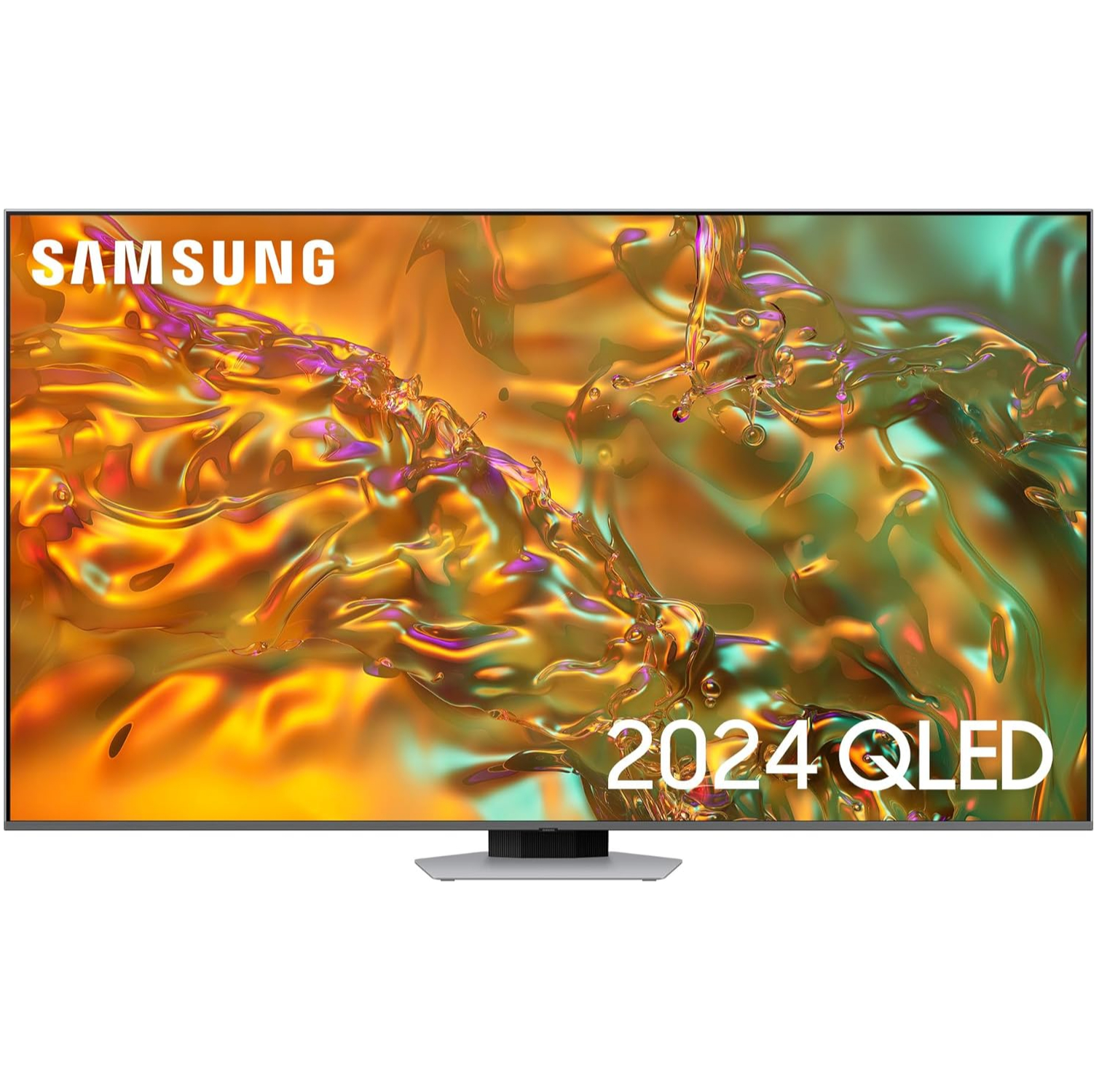
The best budget gaming TV (UK)
The Q80D carries four HDMI 2.1 ports, all with 120Hz and VRR support, and sits at an affordable price. It's available in the US as well.
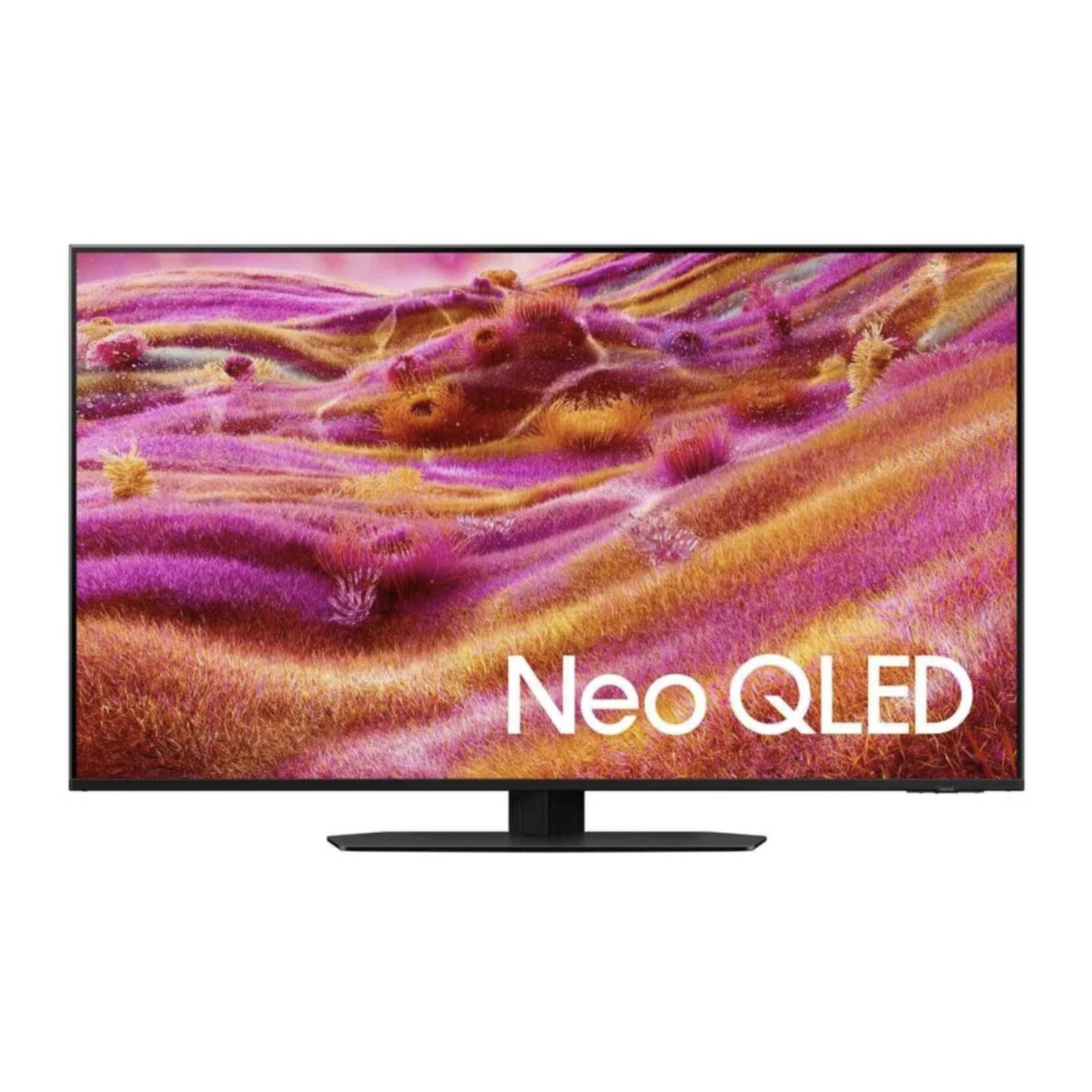
The best TV for lighter rooms
With its high brightness levels and anti-glare screen, the Samsung QN90F is perfect for gaming during the day in bright rooms.
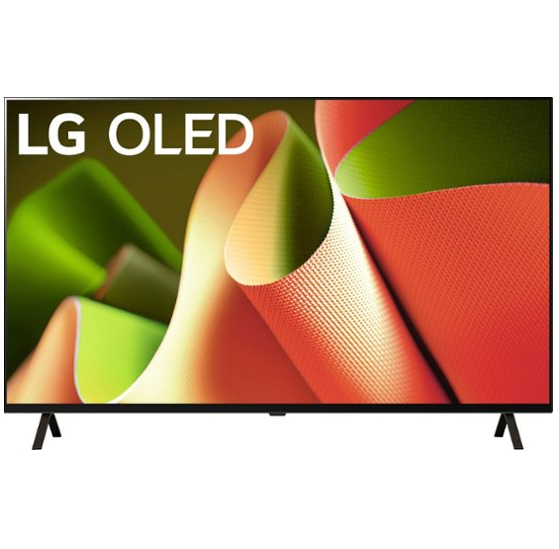
The best cheaper gaming OLED
Want the most affordable OLED with 4K 120Hz and VRR support? This is it. It's not as bright as the LG C4, but still carries an excellent range of gaming features – including four HDMI 2.1 ports.
Load the next products...
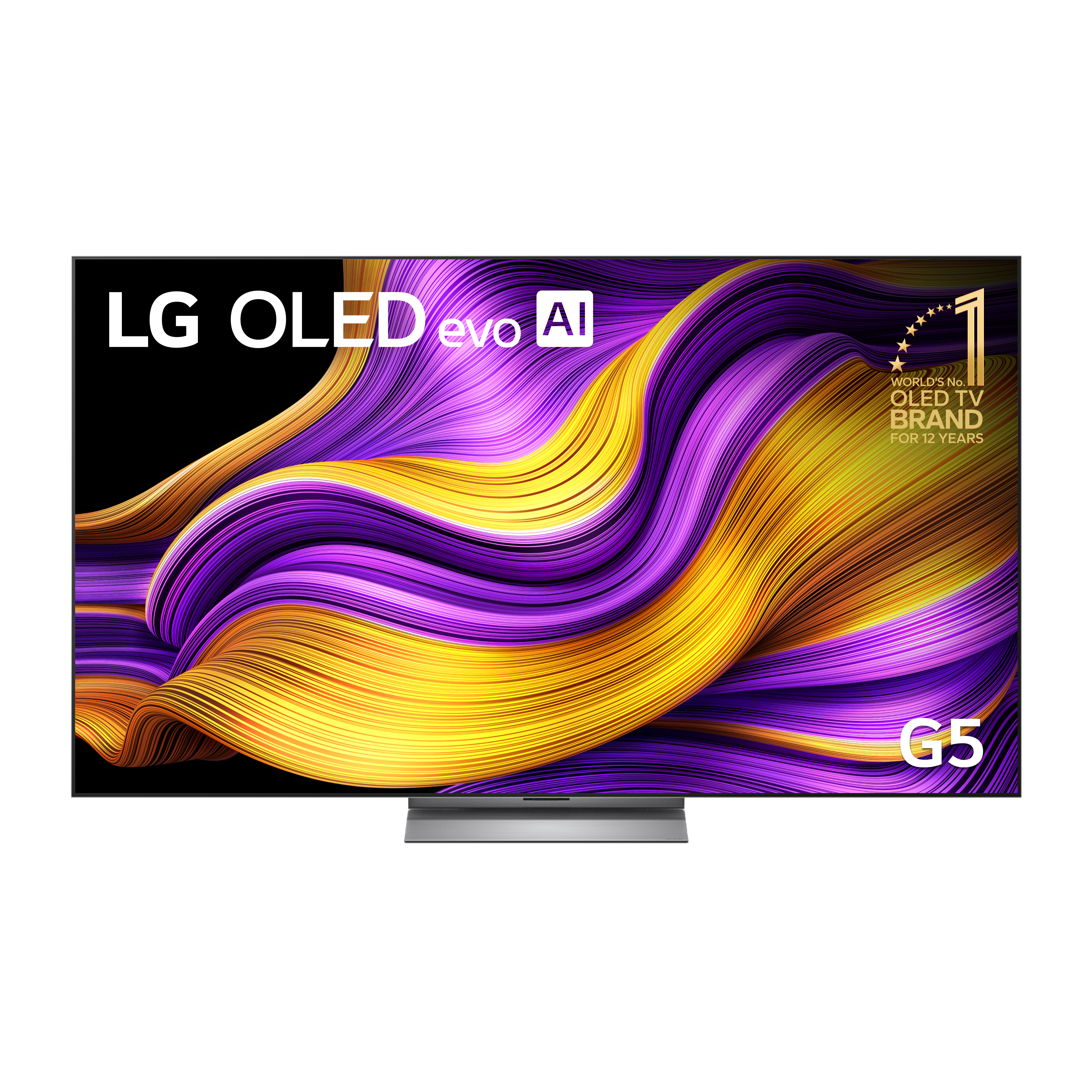
The brightest OLED TV
With a new 'four-stack' OLED panel that delivers stunning brightness, the LG G5 is the best OLED for bright rooms. Plus, it has a full stock of gaming features.
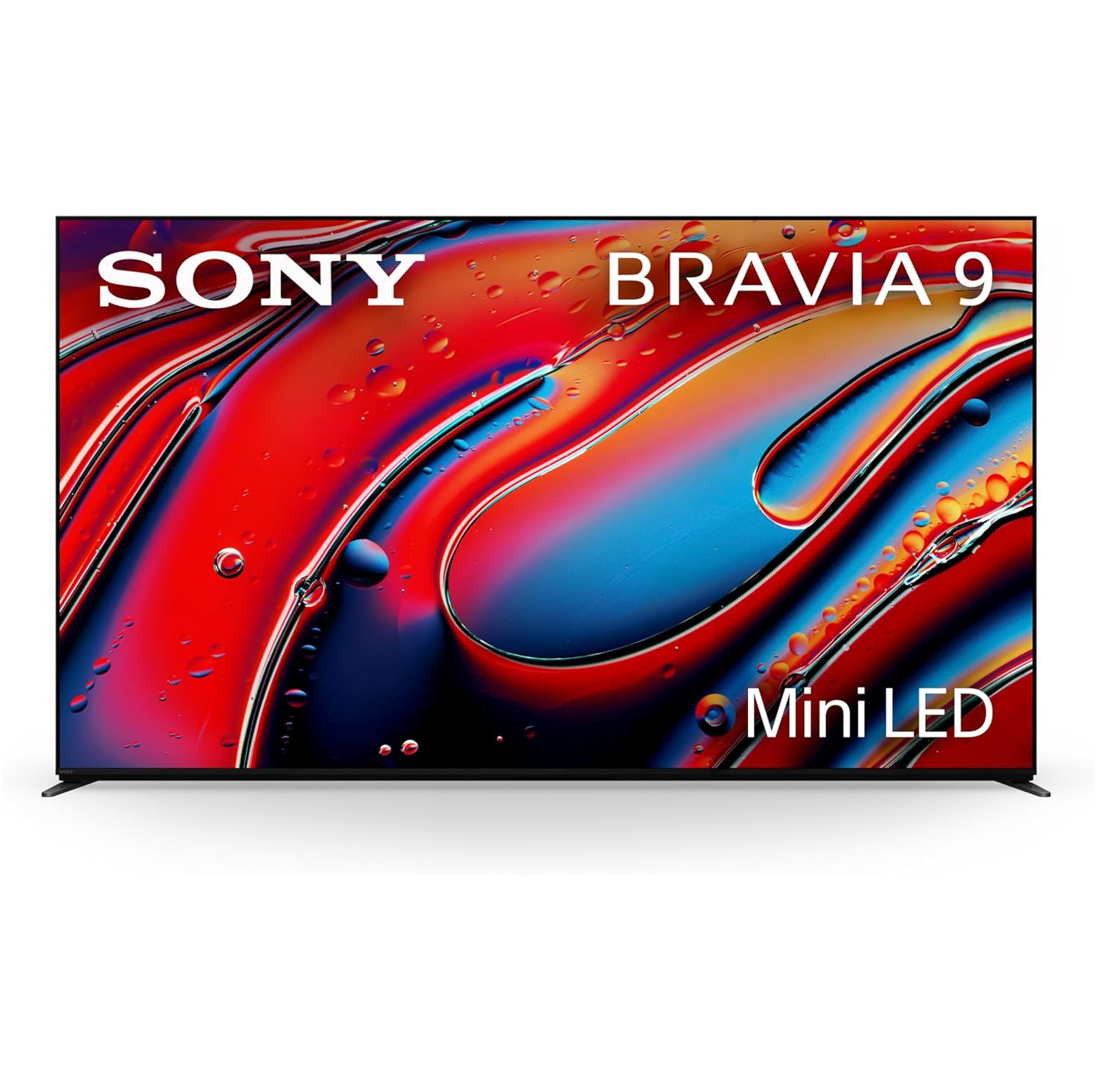
The best elite gaming TV for PS5
PS5-centric features inside one of the most sophisticated and stunning mini-LED TVs we've seen, with OLED-like contrast and stunning brightness. But it comes at a price.
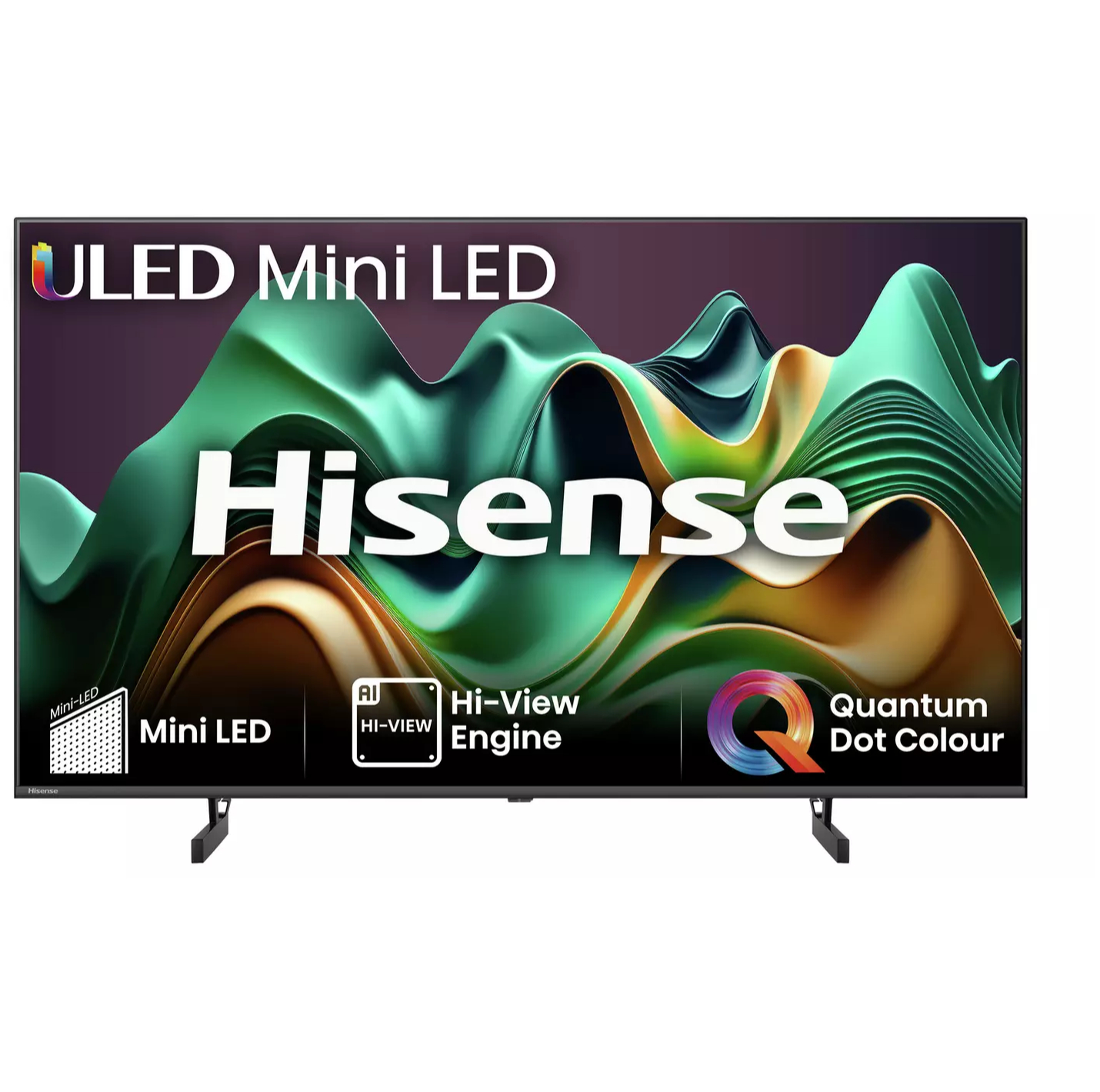
The best cheap gaming TV
The Hisense U6N may not have the same gaming pedigree as the other TVs on this list, but it does deliver good gaming performance and features at a very reasonable price.

I've been testing and reporting on TVs since 2017, but my experience writing about and reviewing screen technology stretches back to 2010. I love seeing all the latest TV releases as they come through our testing rooms, and I shape this guide by working with our reviewers and editors, to agree which TVs are the best fit for gaming, balancing features, sizes and price.
24 October 2025
Swapped the LG C4 for the new LG C5 as our 'best gaming TV for most people' based on our recent testing and review.
The best gaming TVs you can buy
Why you can trust TechRadar
The best gaming TV for most people
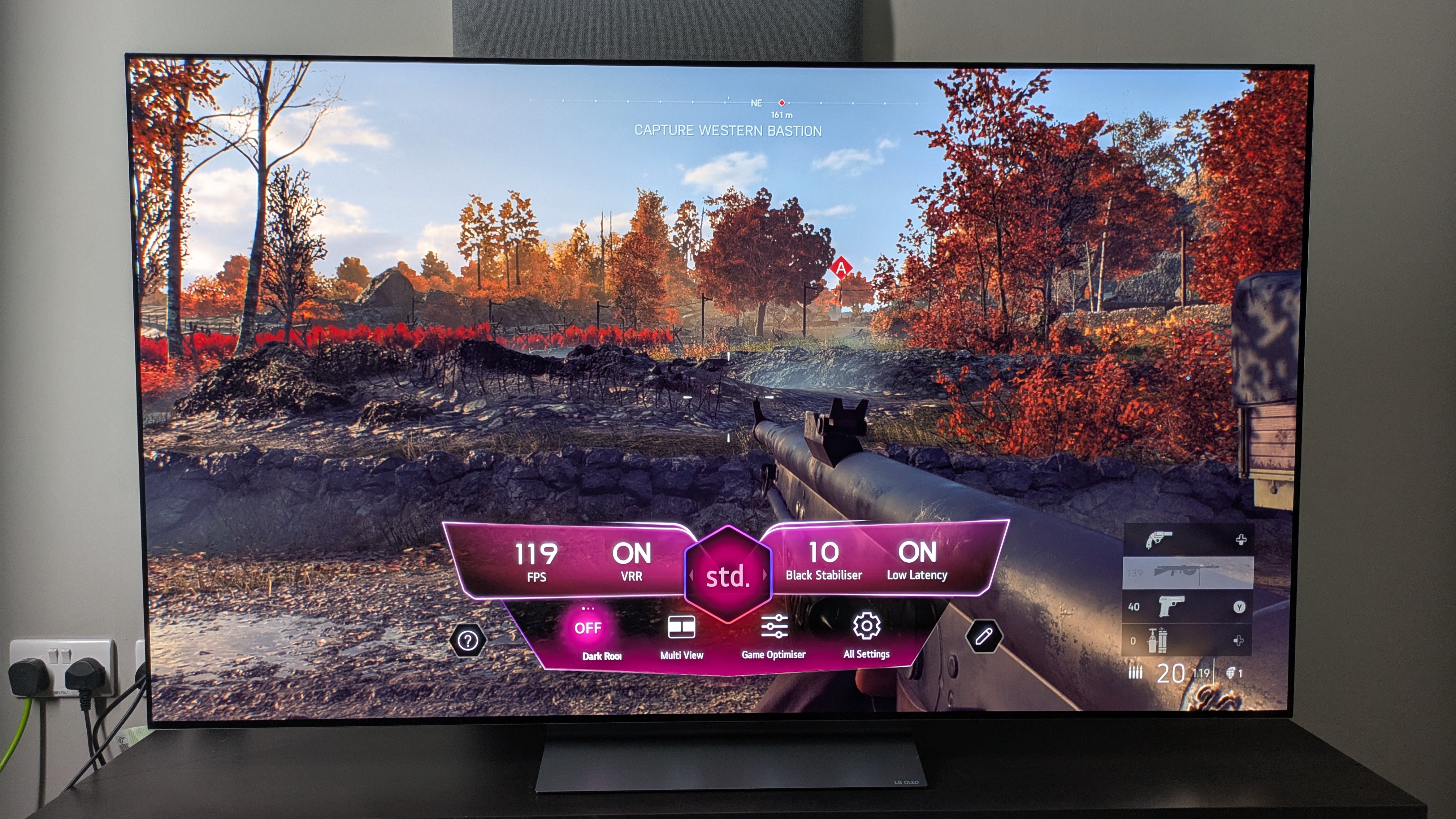
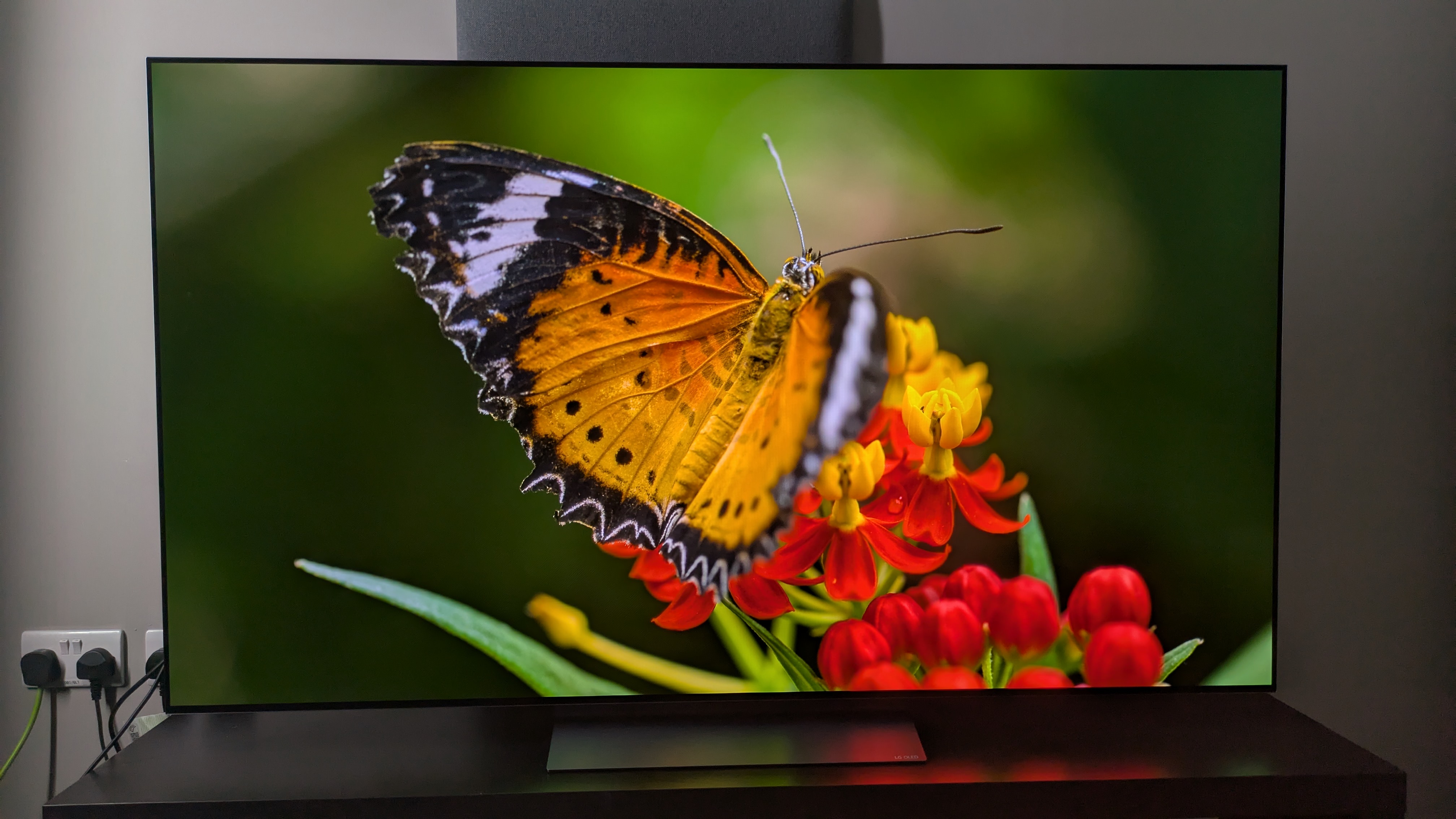
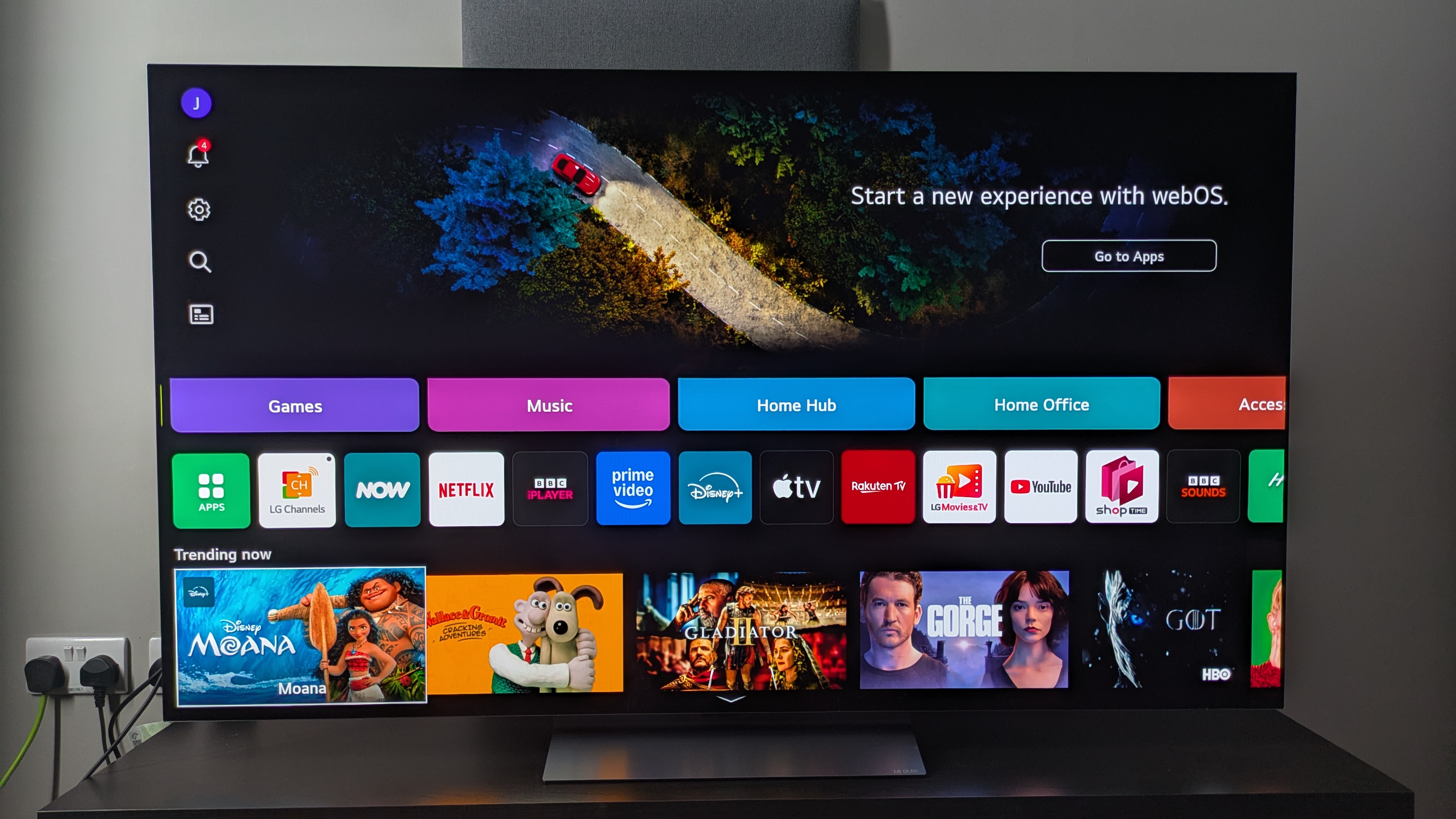
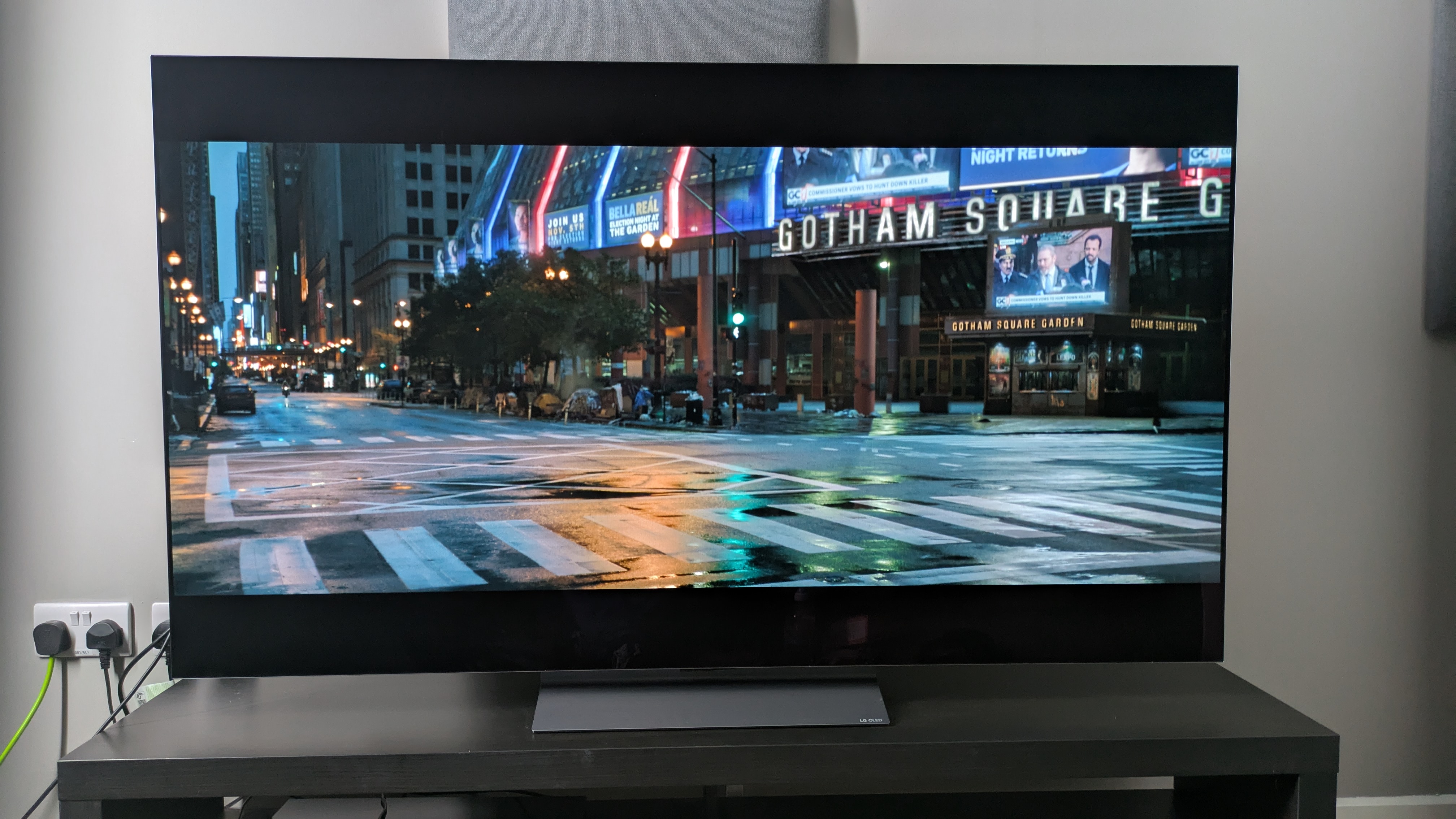
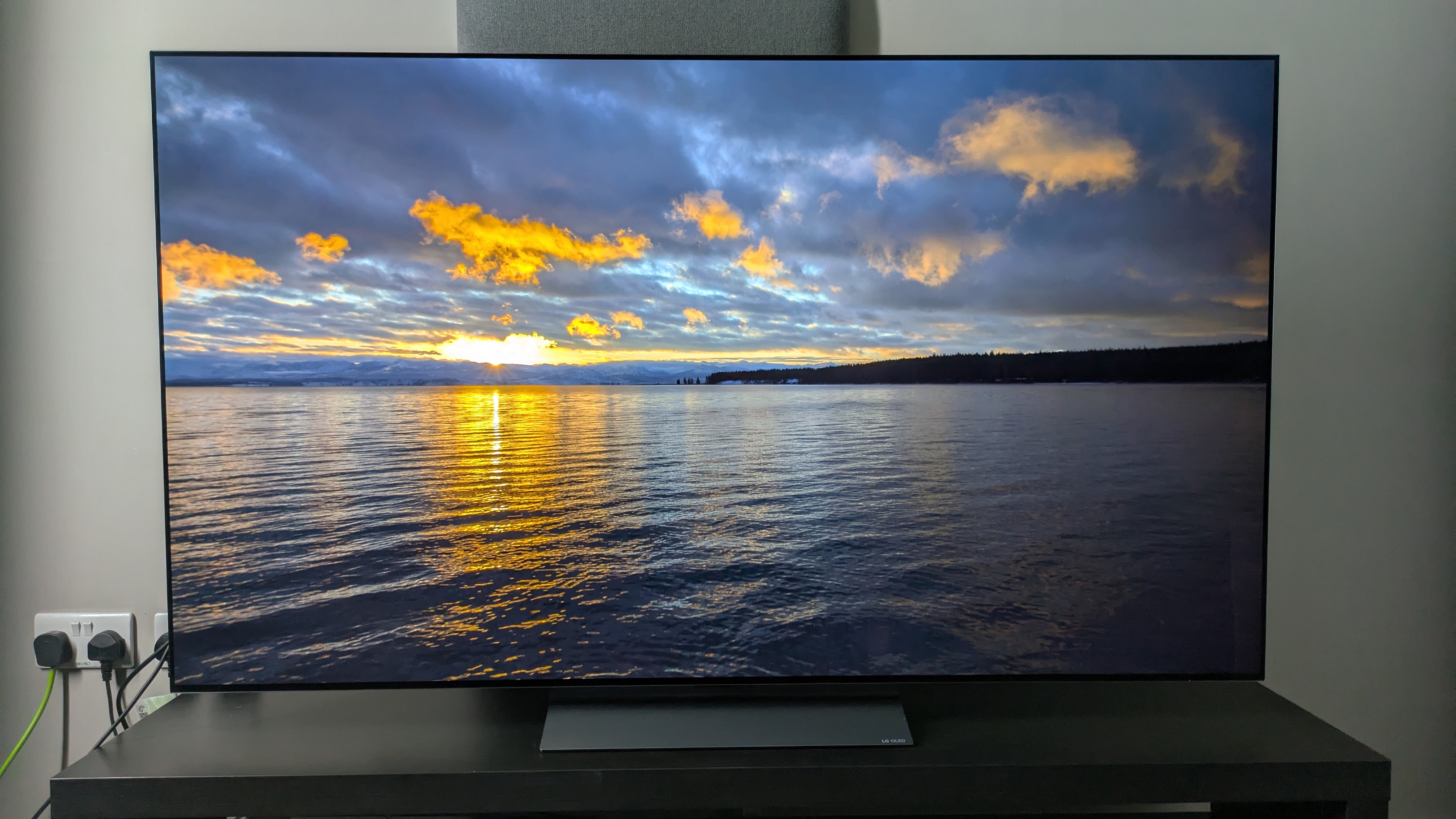
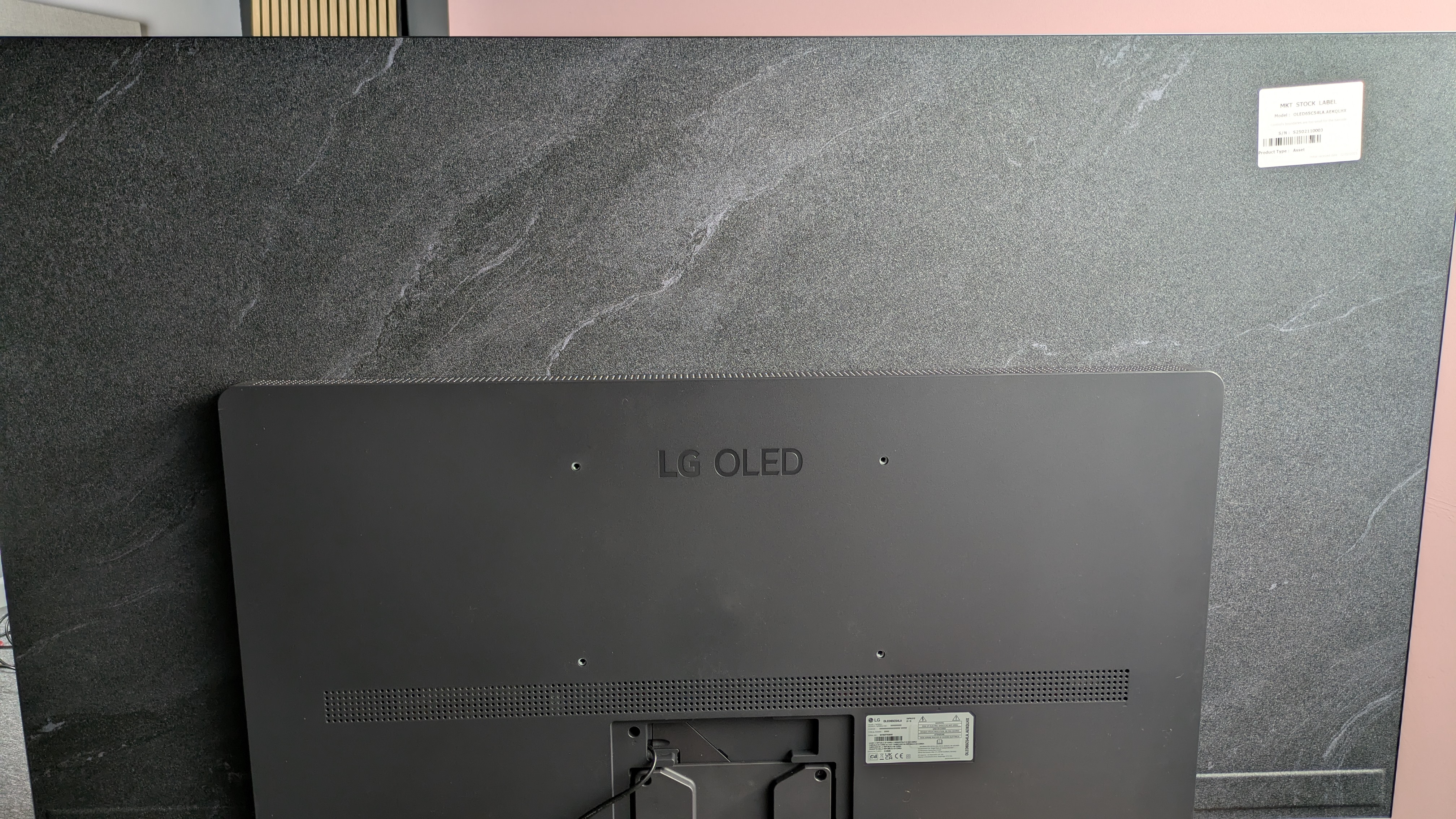
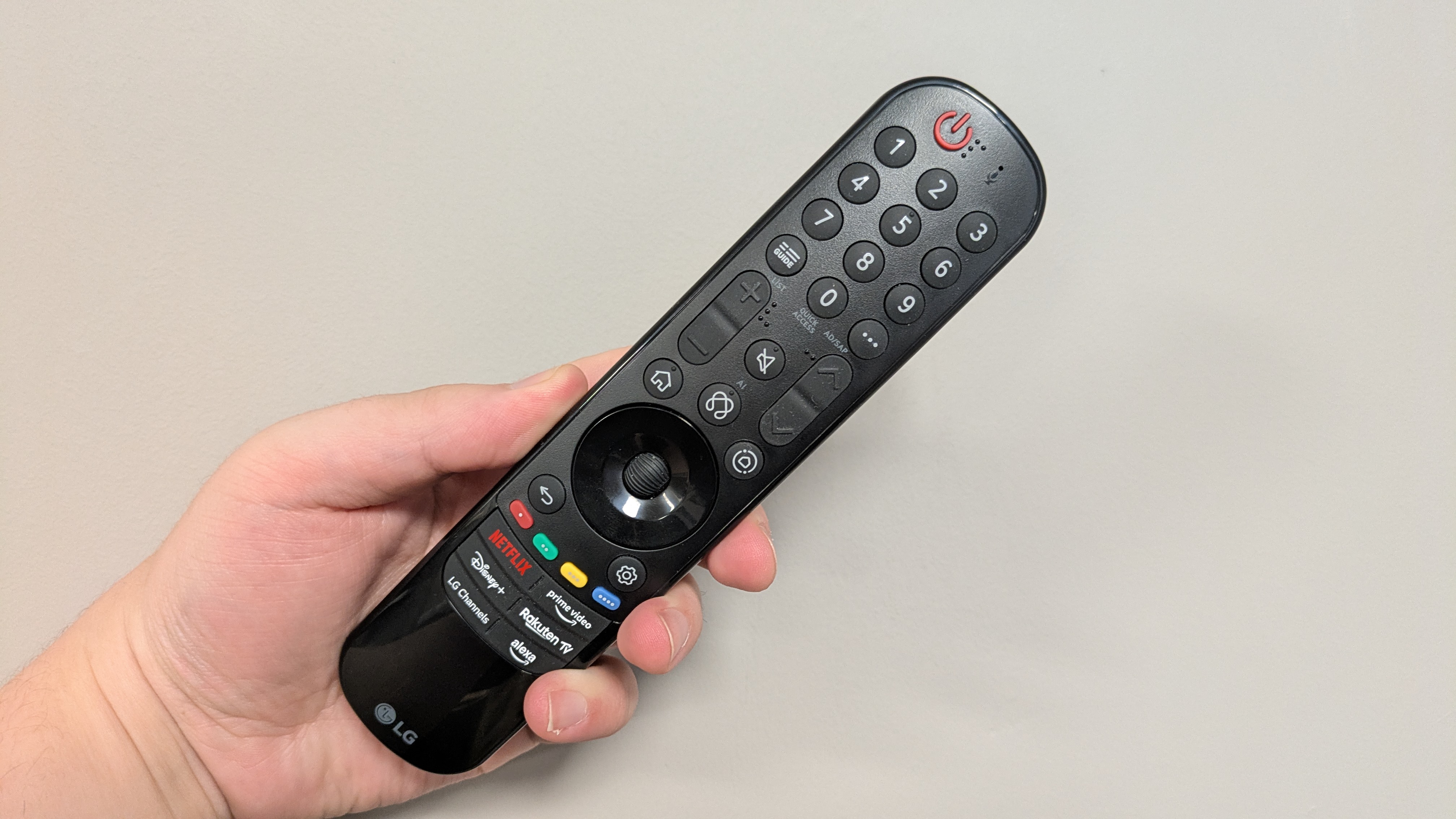
Specifications
Reasons to buy
Reasons to avoid
✅ You want lots of size options: Whether you’re gaming in the bedroom or the living room, the LG C5 comes in sizes from 42 to 83 inches to suit any setup.
✅ You want a superb OLED TV for gaming: With a low 9.2ms input lag and a full suite of gaming features – including 4K 144Hz, VRR, ALLM and Dolby Vision gaming across four HDMI 2.1 ports – it’s built for smooth, responsive gameplay.
❌ You want powerful built-in sound: Audio performance is decent, but it doesn’t quite match the C5’s excellent gaming features or picture quality.
❌ You’re shopping for the cheapest OLED for gaming: The LG B4, further down this list, is more affordable and still offers some of the same features.
The LG C5 builds on everything that made the C4 before it one of the best gaming TVs, refining performance with a new Alpha 9 Gen 8 AI processor and a brightness boost that makes HDR gaming look even more vivid. With sizes from 42 to 83 inches, it suits everything from desk setups to home cinema gaming spaces.
The C5 remains a gaming powerhouse, featuring four HDMI 2.1 ports with 4K 144 Hz support, VRR (including Nvidia G-Sync and AMD FreeSync Premium), ALLM, HGiG and Dolby Vision Gaming. Input lag is measured at a super low 9.2 ms, which makes gameplay fluid and super responsive whether you’re on console or PC. Cloud gaming apps are here, like GeForce Now and Amazon Luna, which are also built-in via the Game Quick Card, which you’ll find on LG’s updated webOS 25 interface.
Picture quality really is outstanding. You’ll get rich contrast, vibrant colors and impressive HDR performance, especially considering this is a mid-range OLED. The only weak spot is audio. The 2.2-channel Dolby Atmos system is fine, but just fine. Pairing the C5 with a soundbar is your best bet, as that’s where you’ll see its full cinematic and gaming potential.
Although it’s only a modest upgrade over the C4 and currently more expensive, the LG C5 delivers premium gaming performance, superb image quality and long-term versatility too, making it our current top pick and one of 2025’s best gaming TVs.
Read the full LG C5 review
Best gaming TV for PS5
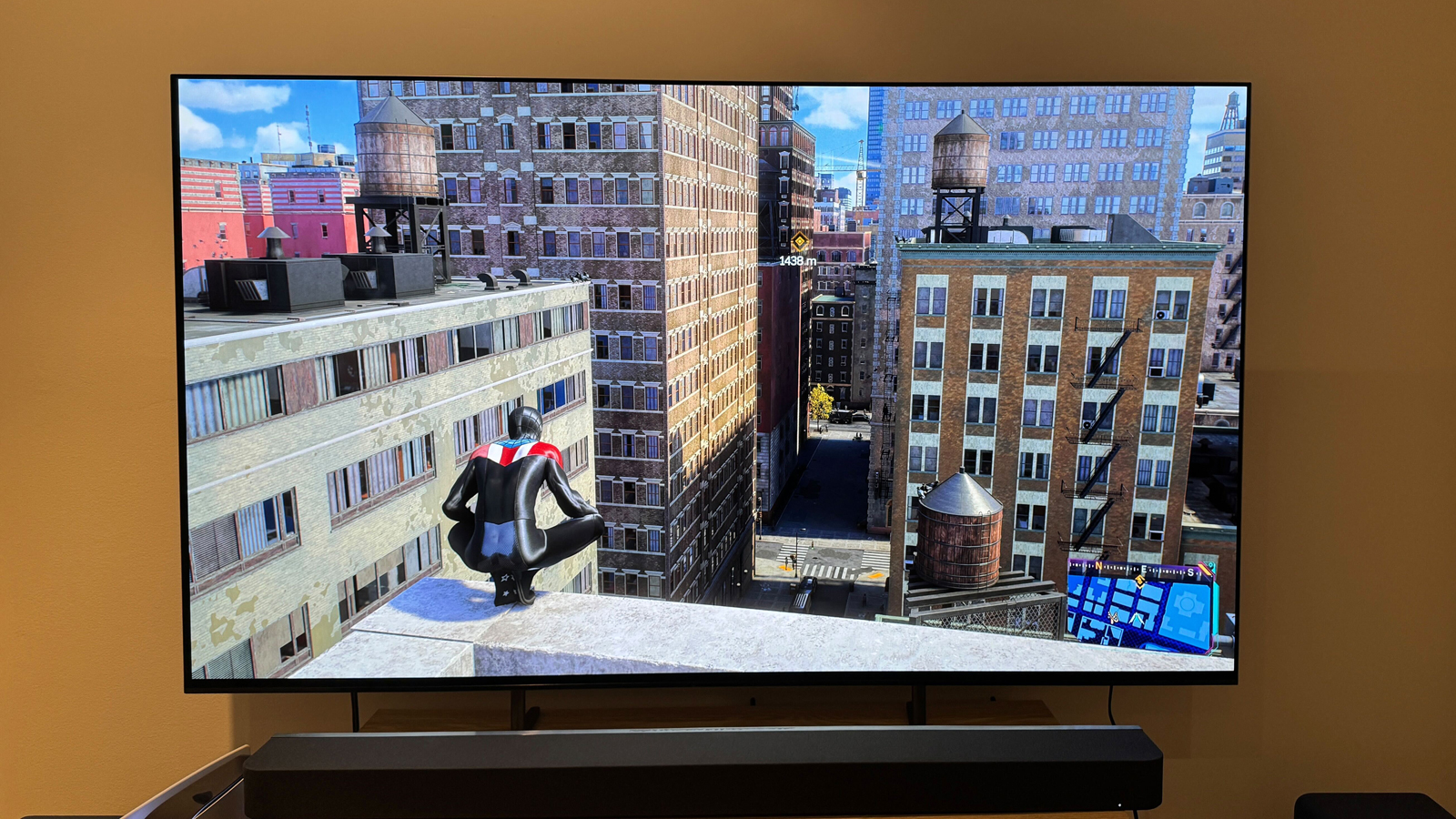
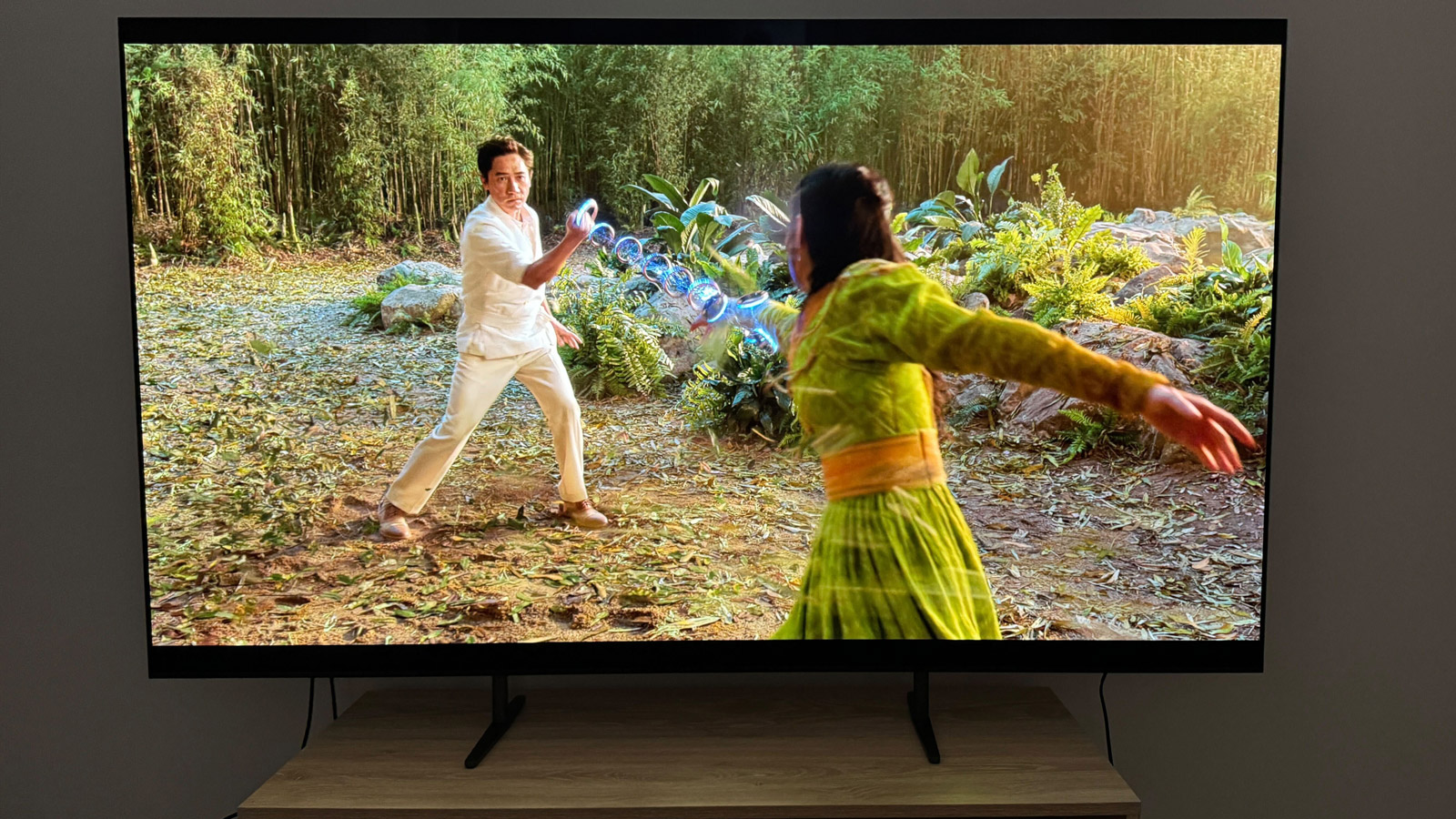
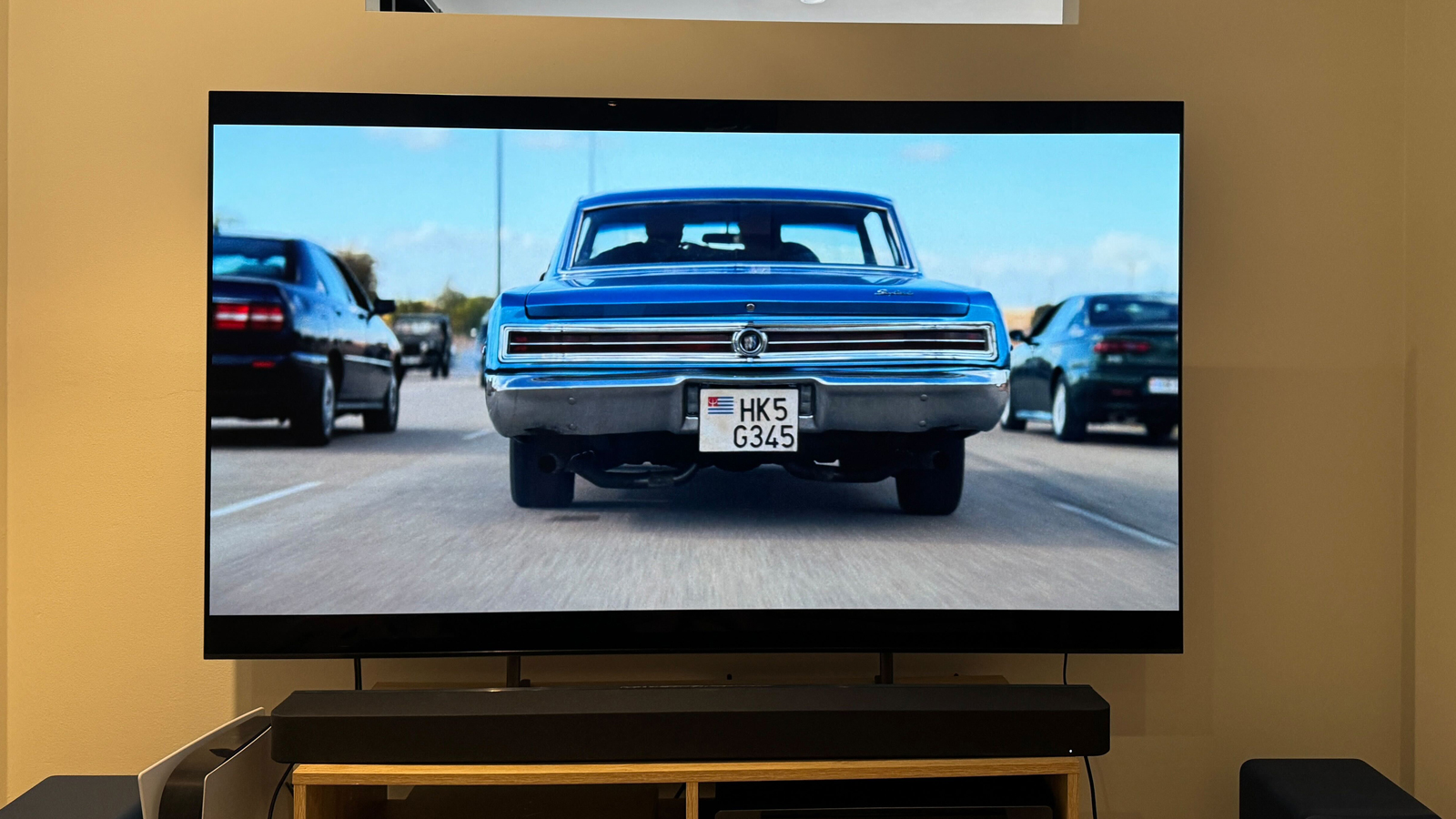
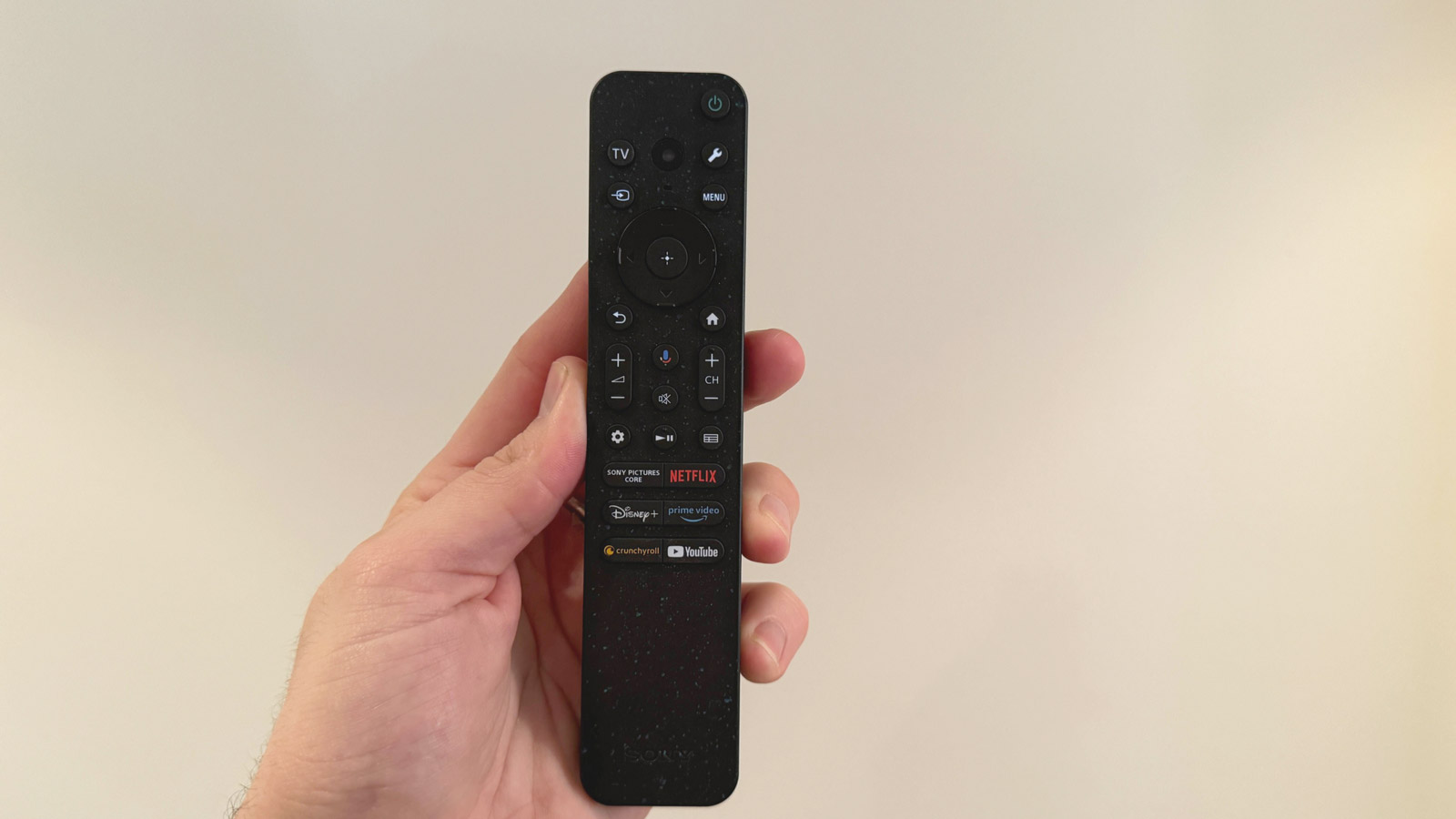
Specifications
Reasons to buy
Reasons to avoid
✅ You own a PS5: The Sony Bravia 8 has 'Perfect for PS5' gaming features including an auto HDR tone mapping mode that activates when a PS5 is connected.
✅ You want great built-in sound for your games: With accurate sound placement, impressive dynamics and clear speech, the Bravia 8 has one of the best built-in sound systems in the TV market.
❌ You want the fastest gaming TV: Although the Bravia 8's 12.8ms input lag time is decent, there are entries on this list that beat it.
❌You need multiple HDMI 2.1 ports: The Bravia 8 only comes with two HDMI 2.1 ports so those with multiple gaming consoles plus a soundbar should take note.
The Sony Bravia 8 is Sony's only new OLED for 2024, with the brand opting for mini-LED in its flagship Bravia 9 model instead. Although only offering some incremental upgrades over its predecessor, the Sony A80L, it still serves as the best option for PS5 owners thanks to its PS5-centric features.
The Bravia 8 comes with 'Perfect for PS5' features built-in, including a HDR tone mapping mode that activates when a PS5 is connected to tune highlights and shadows for the exact capabilities of this TV, so you better visibility in the brightest and darkest areas. It also supports 4K 120Hz, VRR and ALLM. It has an improved 12.8ms input lag time compared with the 16.5ms its predecessor produced (which is better than the lag we measured in our Sony Bravia 9 review too, despite that being the higher-end model).
But it's not just features where the Bravia 8 is a solid option. We were impressed by the Bravia 8's picture for gaming, noting how good its backlight control was and we said that when playing Marvel's Spider-Man 2 "Spidey’s suit and buildings exhibit clear shine where they’re being hit by sunlight". The Bravia 8's improved HDR brightness also helped give images a more vivid look.
Speaking of pictures, the Bravia 8 is also a fantastic companion for movies. The rich colors and pixel-perfect contrast give everything a dynamic pop on screen, adding an extra layer of vibrancy. Black levels are also superb, with dark details taking on a refined quality.
The Bravia 8 also delivers with its built-in sound, with plenty of immersion, accurate placement and an engaging feel. While its gaming features and performance may not be the best on the list, the Bravia 8 is still an excellent gaming option.
Read our full Sony Bravia 8 review
The best budget gaming TV in the US
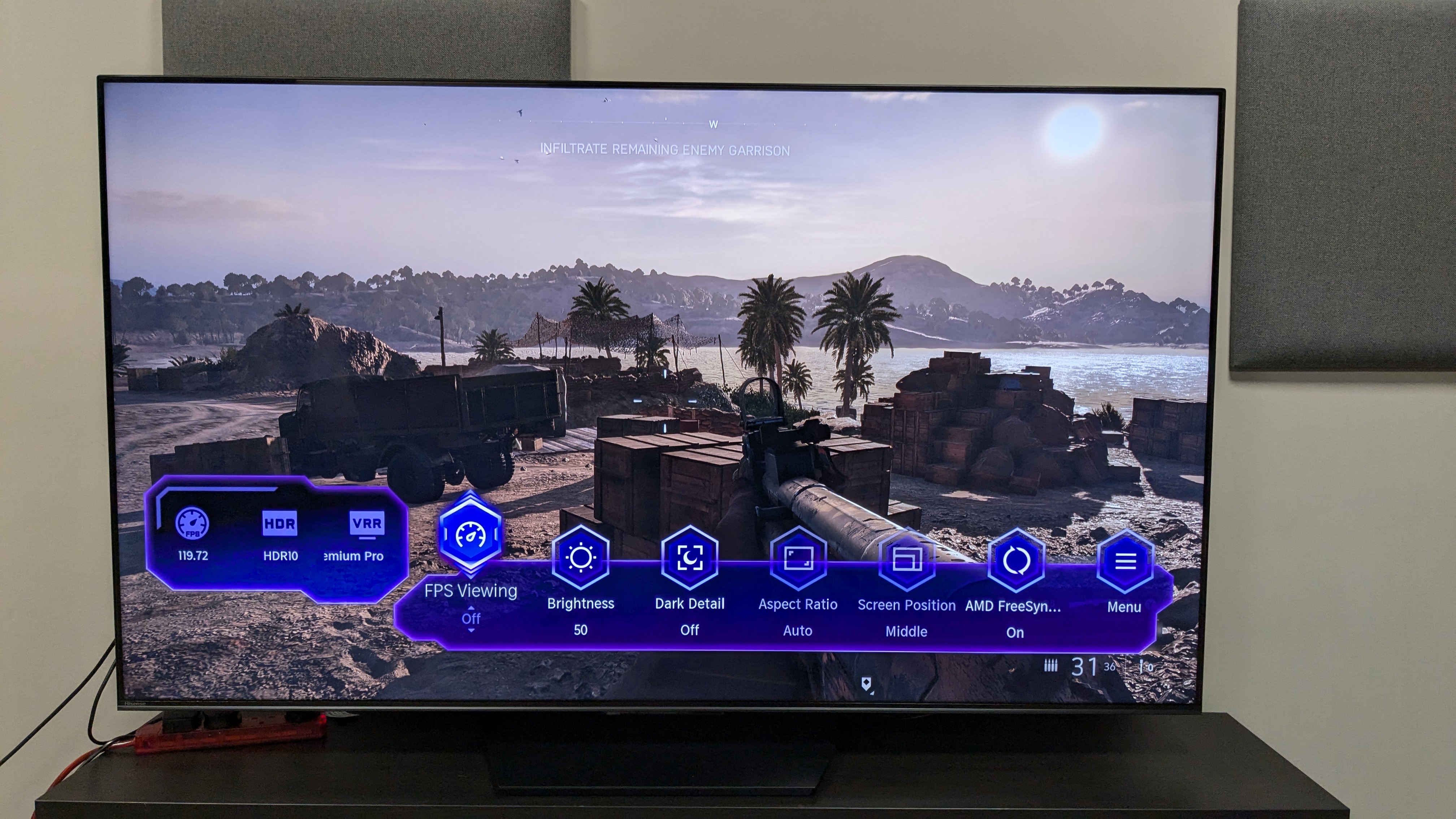
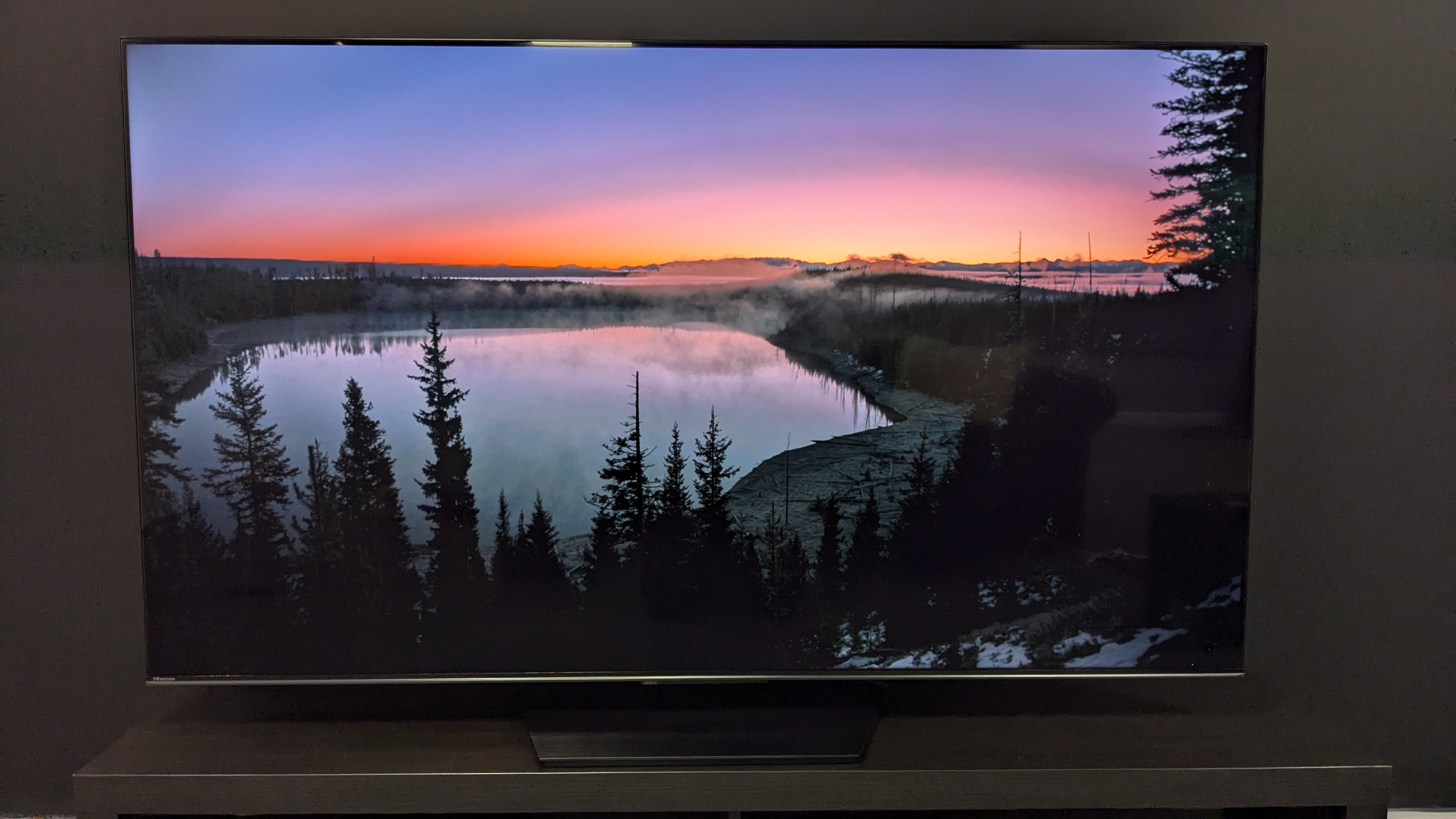
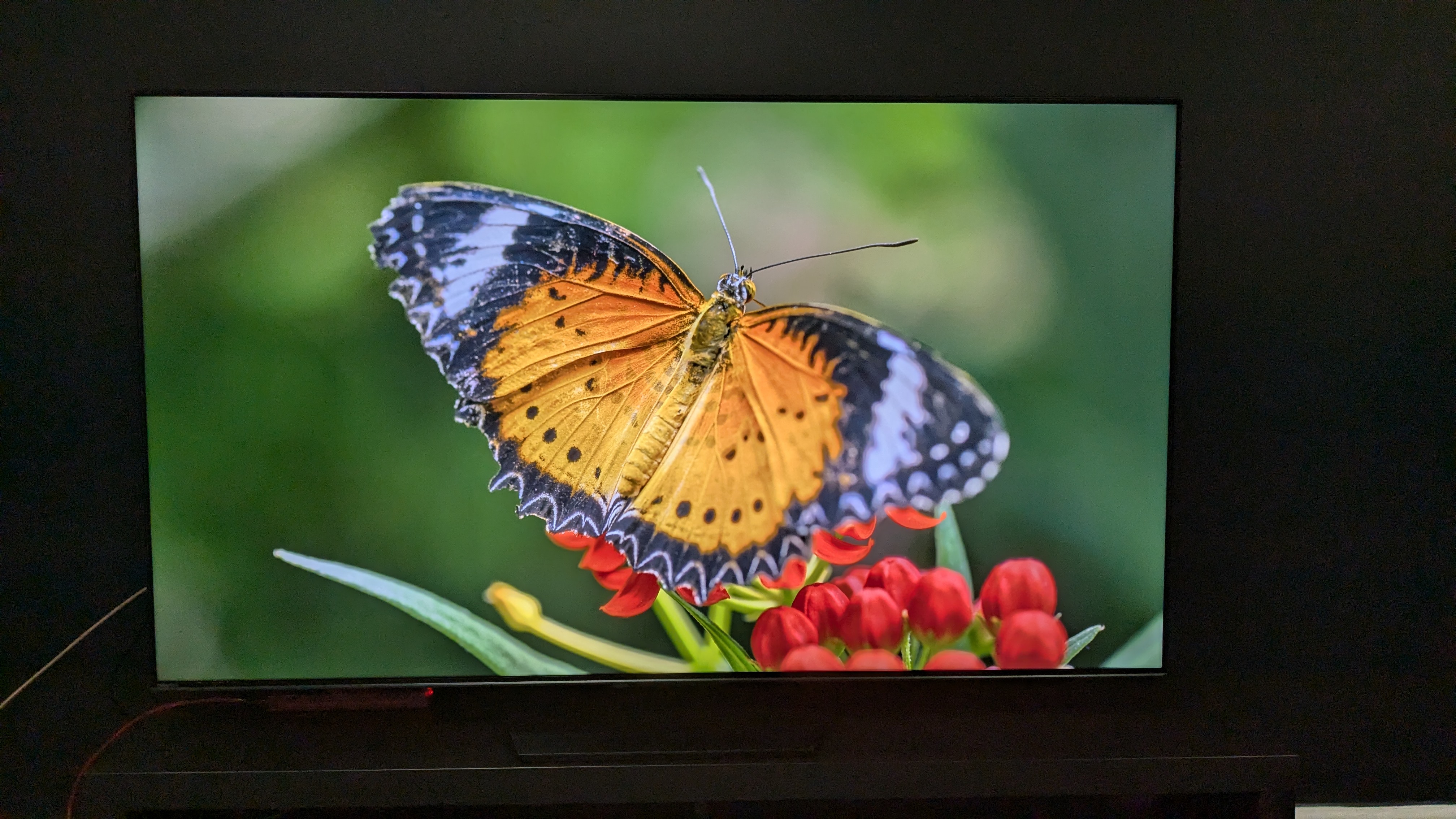
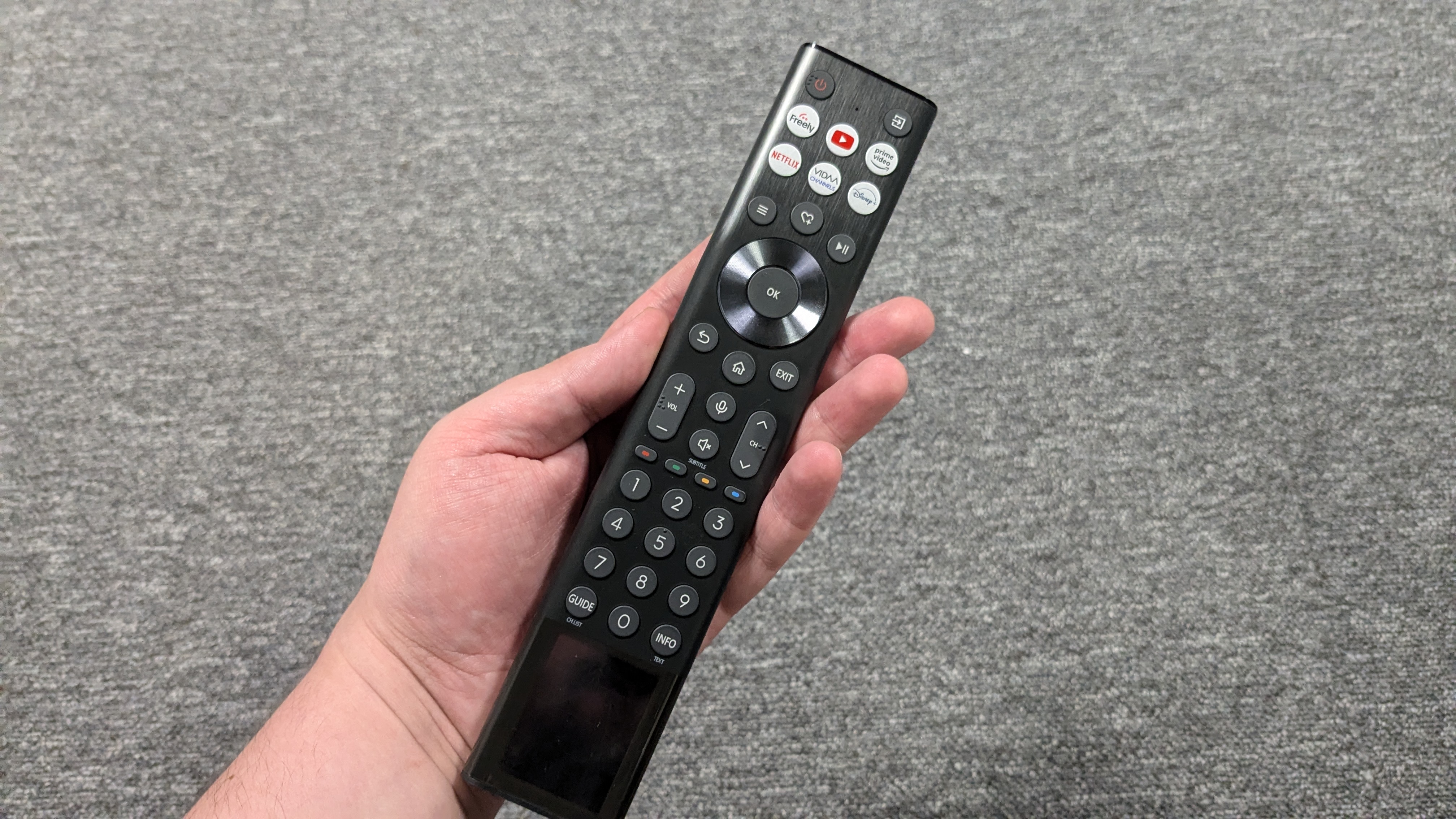
Specifications
Reasons to buy
Reasons to avoid
✅ You want a budget TV for gaming: The Hisense U7N is well equipped for gaming for its affordable price, with 4K 144Hz, VRR, ALLM and Dolby Vision gaming all featured.
✅ You want a TV that has a good picture for the money: The U7N's picture has great contrast, vibrant color and fine detail – it's sure to make graphics look good.
❌ You want the best picture: While it's picture is very good for the price, the U7N does suffer from backlight blooming and limited viewing angles.
❌You want immersive built-in sound: The U7N's sound is fine, thought it does feel narrow and lacks a real sense of immersion.
The Hisense U7N's stacked suite of gaming features is ideal for PS5 and Xbox Series X owners and it has a great quality mini-LED picture, all for significantly less than the other TVs on this list.
With 4K 120Hz (with 144Hz option), Dolby Vision gaming, VRR including AMD FreeSync Premium and Nvidia G-sync, ALLM and a Game Bar menu, the U7N has a near-complete list of gaming features you'd expect to find on more premium gaming TVs.
The U7N's picture has bright, bold colors but with no sacrifice of contrast and black levels, which is an impressive accomplishment for a budget mini-LED TV. Textures and details are refined and accurate, giving the picture plenty of depth. The U7N suffers from some backlight blooming and its contrast fades when viewed off-axis, but overall the U7N's picture is great and adds an extra layer to gaming.
Sadly, the U7N's sound quality doesn't quite match its picture, but its directional sound, solid bass, and clear dialogue will suit a lot of games, as we discovered testing with Battlefield V. Ultimately though, its narrow soundstage means a soundbar may be required.
Bang for your buck is at the core of the U7N. With prices sitting roughly at $800 for a 65-inch screen size, it is hard to argue against the performance and features it delivers for the price.
Read our full Hisense U7N review
The best budget gaming TV in the UK
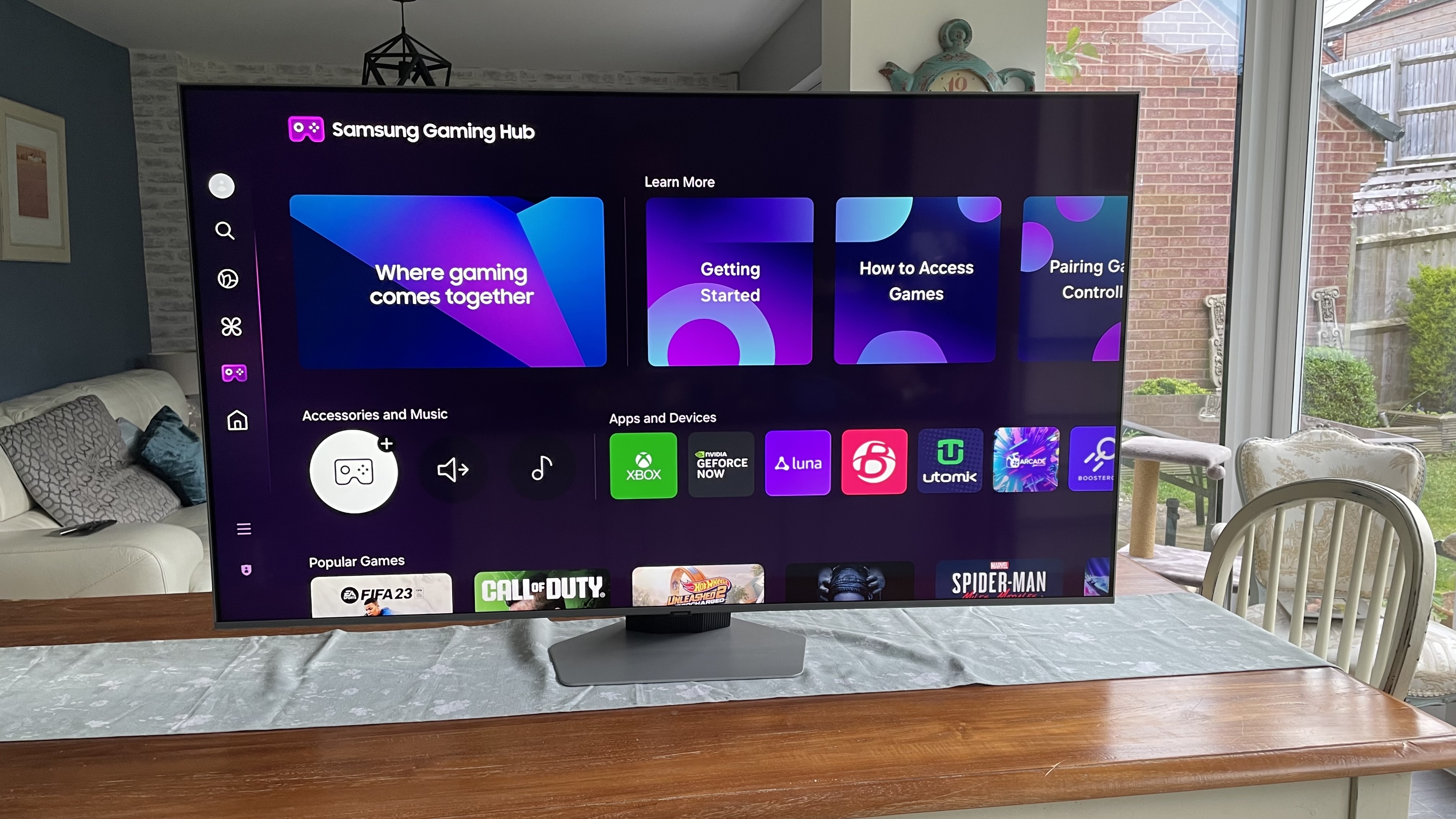

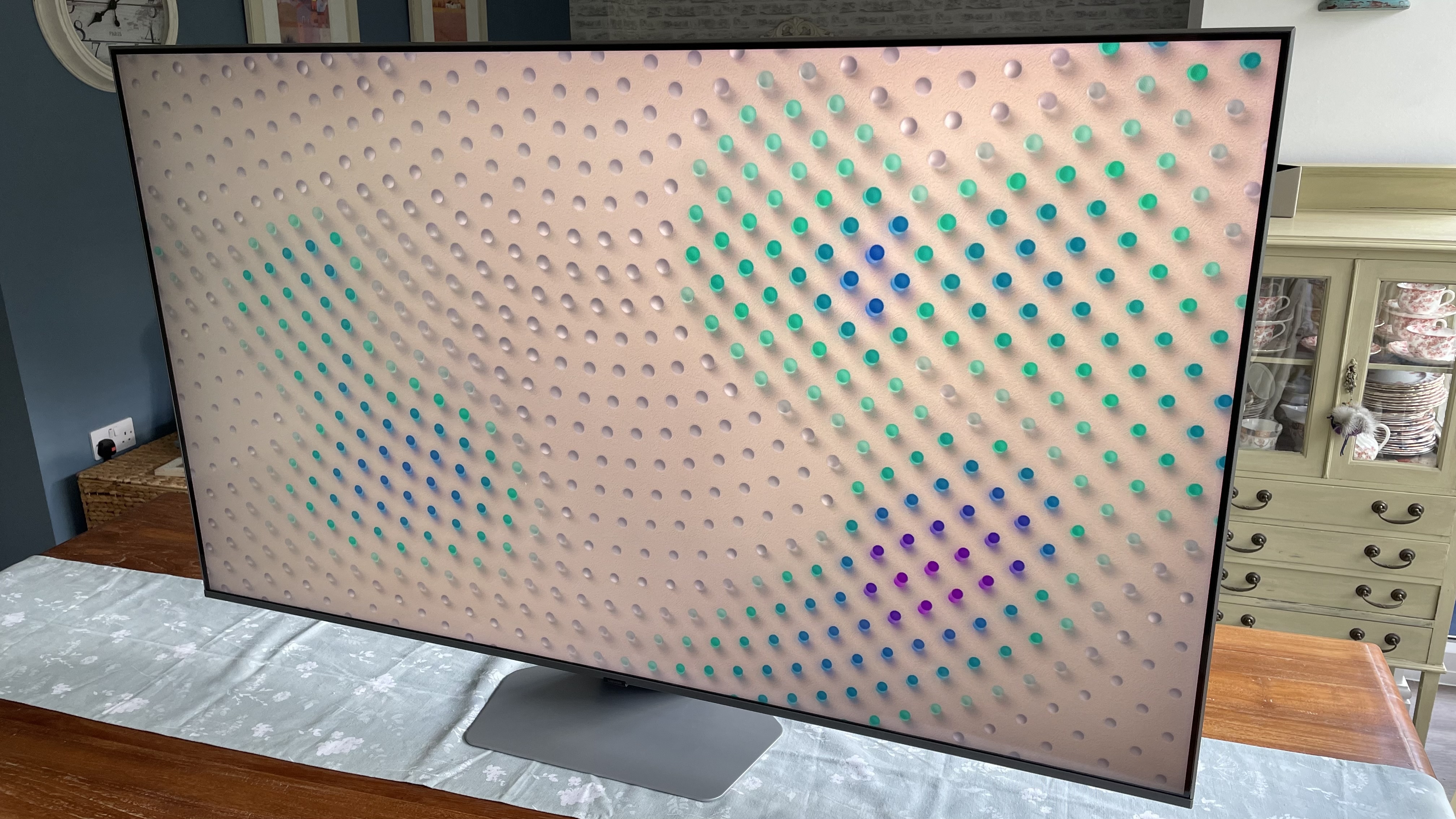
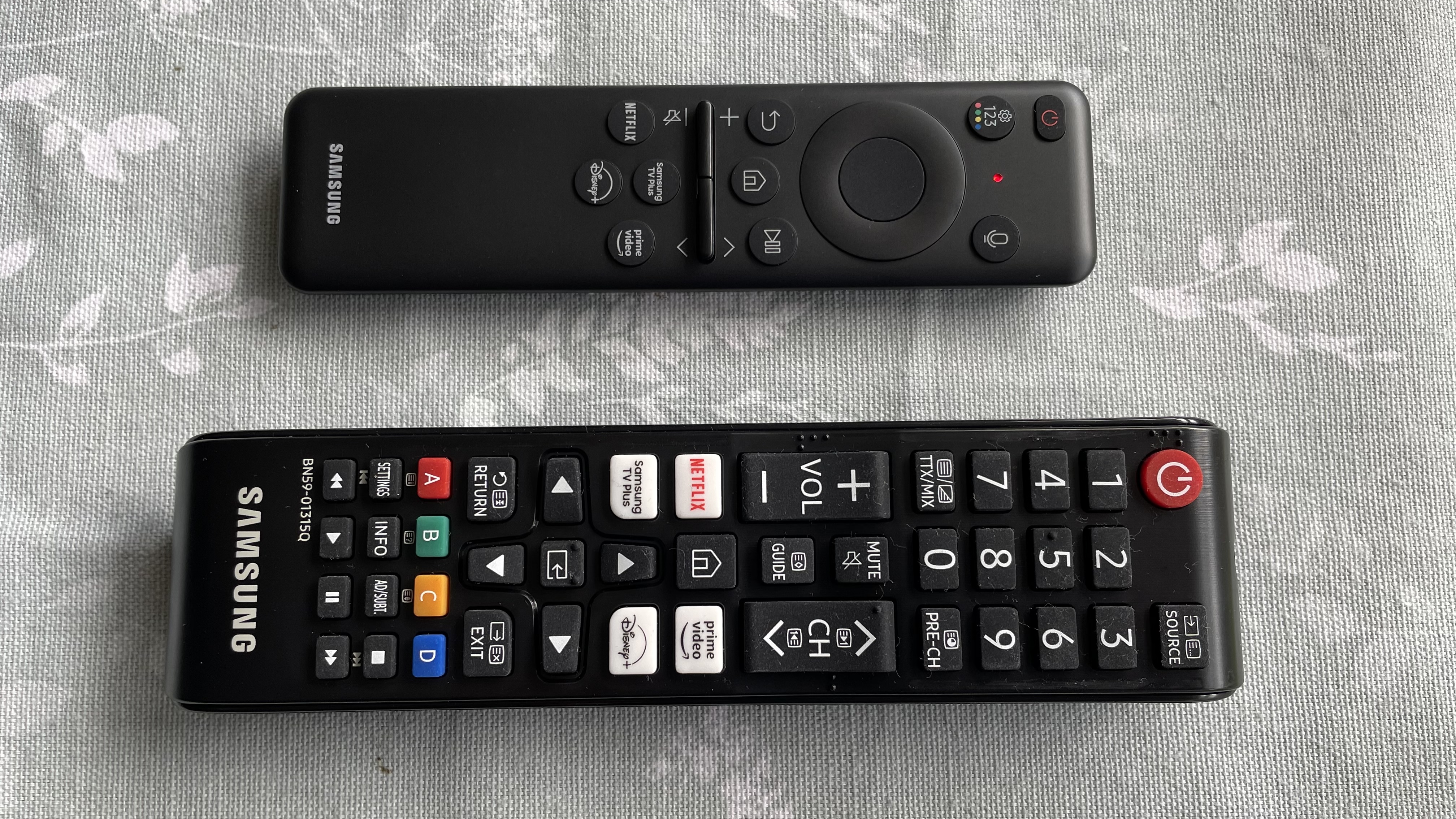
Specifications
Reasons to buy
Reasons to avoid
✅ You want a TV that feels more premium than its price: The Samsung Q80D delivers in a lot of areas and feels far more premium than its price suggests.
✅ You want a mid-range TV with a lot of gaming features: The Q80D has four HDMI 2.1 ports which support 4K 120Hz, VRR and ALLM and it also features Samsung's useful gaming hub.
❌ You don't want to adjust settings: To get the Q80D's very best picture quality we found that we had to make adjustments in the settings, particularly for color.
❌You want the very best gaming TV: While the Q80D is a superb gaming TV, it doesn't quite hit all the highs like the LG C4, which sits at the top of this list.
The Samsung Q80D proves that you don't need to spend a fortune to get a comprehensive TV as it delivers a bright, colorful picture, a brilliant stock of gaming features and surprisingly good sound – all for less than you'd expect. Combine all that into one package and you get an excellent, affordable gaming TV.
The Q80D is equipped with four HDMI 2.1 ports, all of which support 4K,120Hz, VRR (including both HDMI and AMD FreeSync Premium Pro varieties) and ALLM. Thankfully, the Q80D backs up these features with performance, with an ultra low 9.8ms input lag time that we described in our review as "exhilaratingly responsive".
But, it's not just gaming performance where the Q80D triumphs, as it delivers a dynamic, colorful picture that's superb for both games and movies. We noted in our review that it offers surprisingly rich black levels and contrast better "than any other LCD TV I can think of in its class". It also displays textures in a sharp, yet natural style that gives pictures a lifelike quality. The Q80D's colors are also top-notch once you've done some setup.
Sound can often be hit-or-miss with TVs, especially more budget models, but this isn't true for the Q80D. It won't dethrone the best TVs for sound, but the Q80D's built-in sound is impressive for its price range. It has a large soundstage, excellent sound placement and great Atmos staging – plus good bass levels and clear speech. Sound also extends beyond the screen, giving you an even better sense of immersion.
The Q80D carries the triple threat of picture, features and performance that make a great gaming TV. It's easily the stand-out gaming TV in its price range.
Read our full Samsung Q80D review
The best gaming TV for lighter rooms
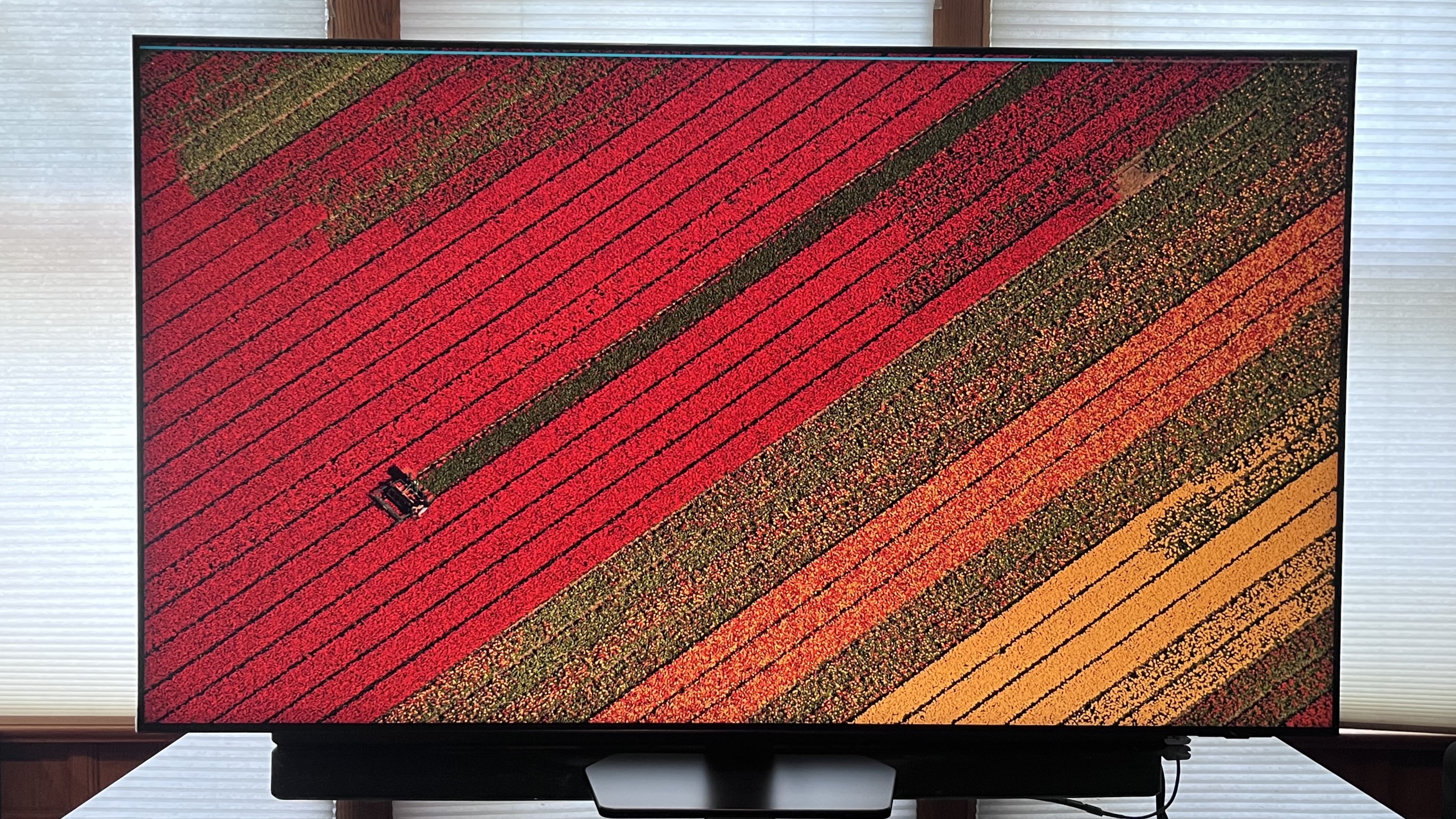
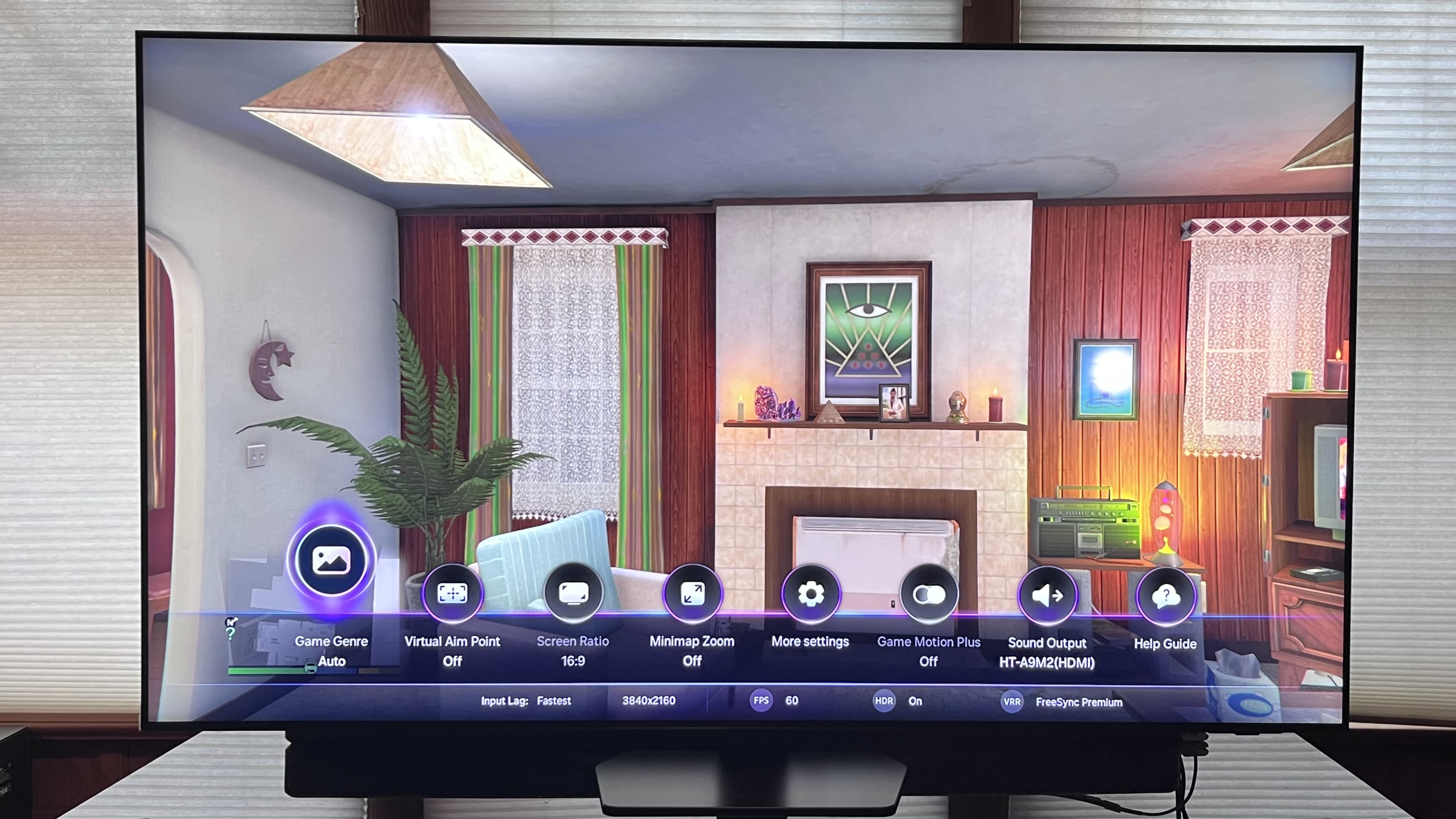
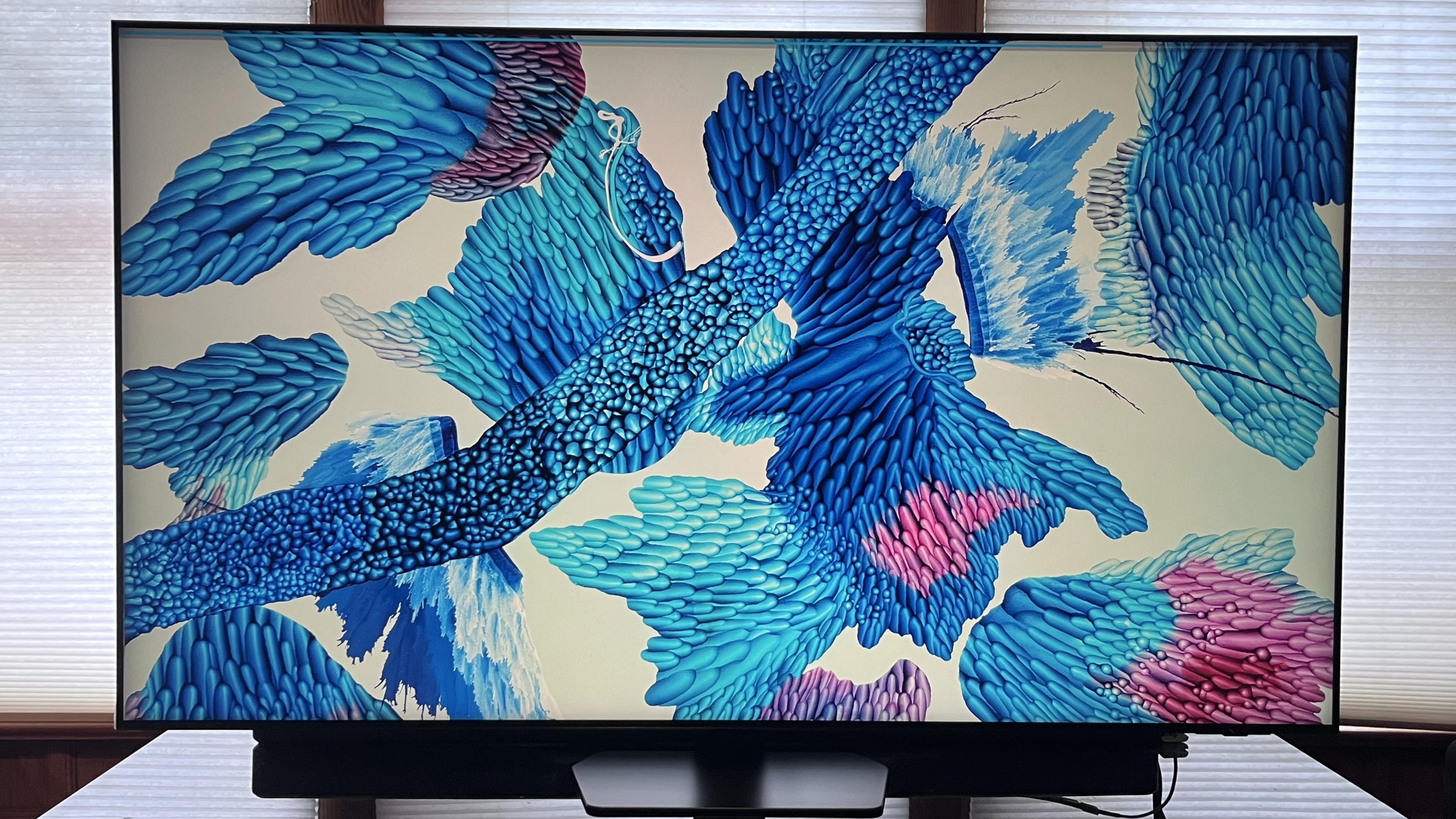
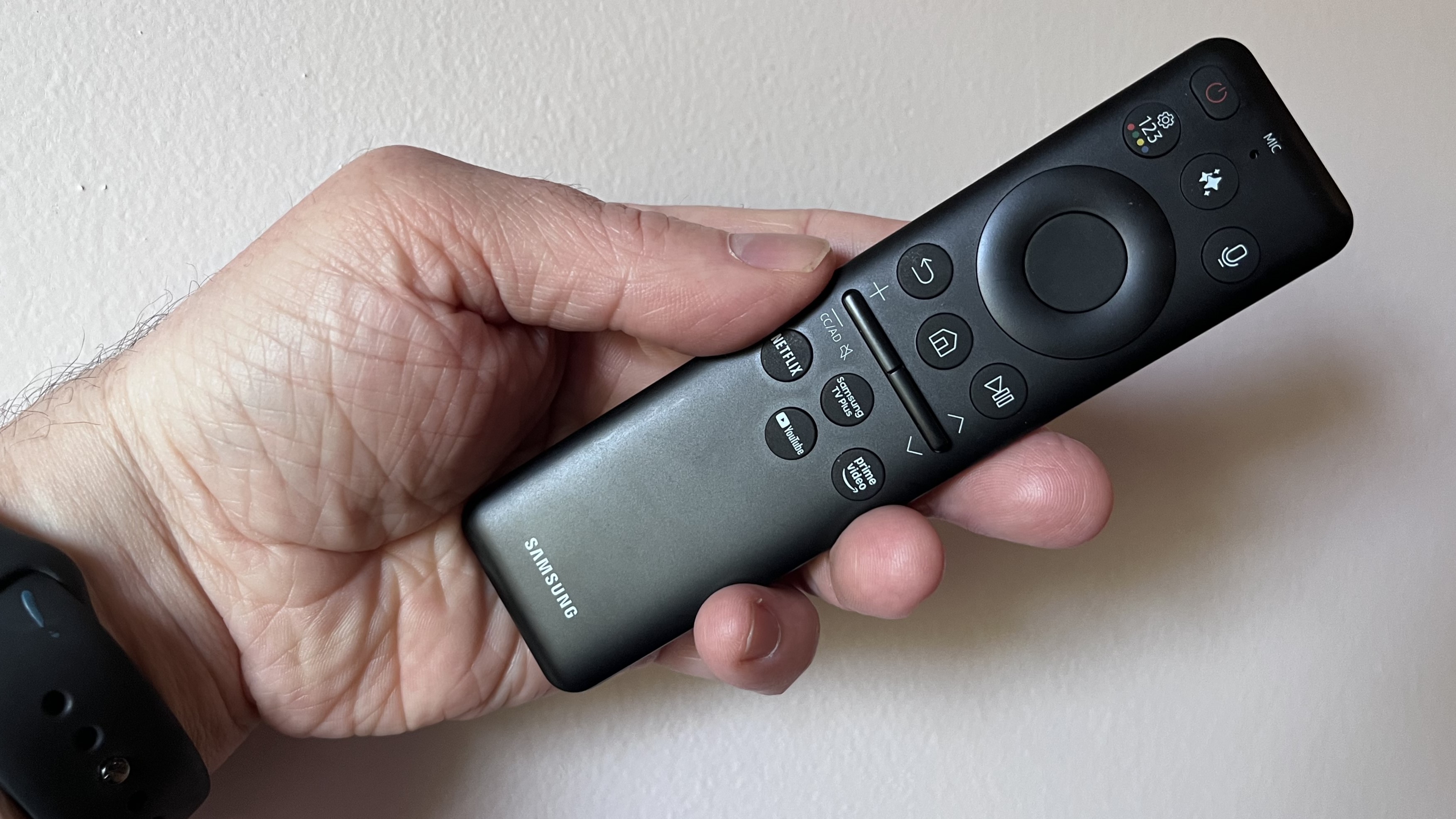
Specifications
Reasons to buy
Reasons to avoid
✅ You want a TV for daytime gaming: The Samsung QN90F's high brightness and Glare Free anti-reflection screen make it perfect for gaming in bright rooms.
✅ You want a vibrant, detailed picture: With its great contrast, vibrant colours and refined detail, the QN90F is perfect for current-gen gaming.
❌ You want the best value gaming TV: The QN90F is excellent, but the Hisense U7N and Samsung Q80D are arguably better value when it comes to price vs performance.
❌You want the very best TV for gaming: The QN90F is a great TV, but the LG C4 at the top of this list is still the best overall TV for gaming.
Daytime gaming can be a challenge, but the Samsung QN90F's high brightness, reflection-beating Glare Free screen and vibrant colours make gaming in a bright room easy.
With four HDMI 2.1 ports supporting 4K 165Hz, VRR (AMD FreeSync Premium Pro), HGiG, ALLM and HDR10+ gaming, the QN90F is well equipped for current-gen consoles. It also has an ultra-low 9.5ms input lag time for impressively slick performance and features Samsung's Gaming Hub, which serves as a portal for all things gaming, including access to plenty of apps such as Xbox.
The QN90F's picture holds up well in well-lit rooms thanks to its high peak brightness (2,087 nits) and fullscreen brightness (667 nits) and effective Glare Free screen. It also delivers realistic details and textures and stunning contrast, with deep black levels.
While the QN90F may be one of the pricier TVs on this list, it delivers across the board for both gaming and picture quality. If you find your room is too bright for a standard TV, the QN90F could be the answer.
Read our full Samsung QN90F review
The cheapest gaming OLED TV
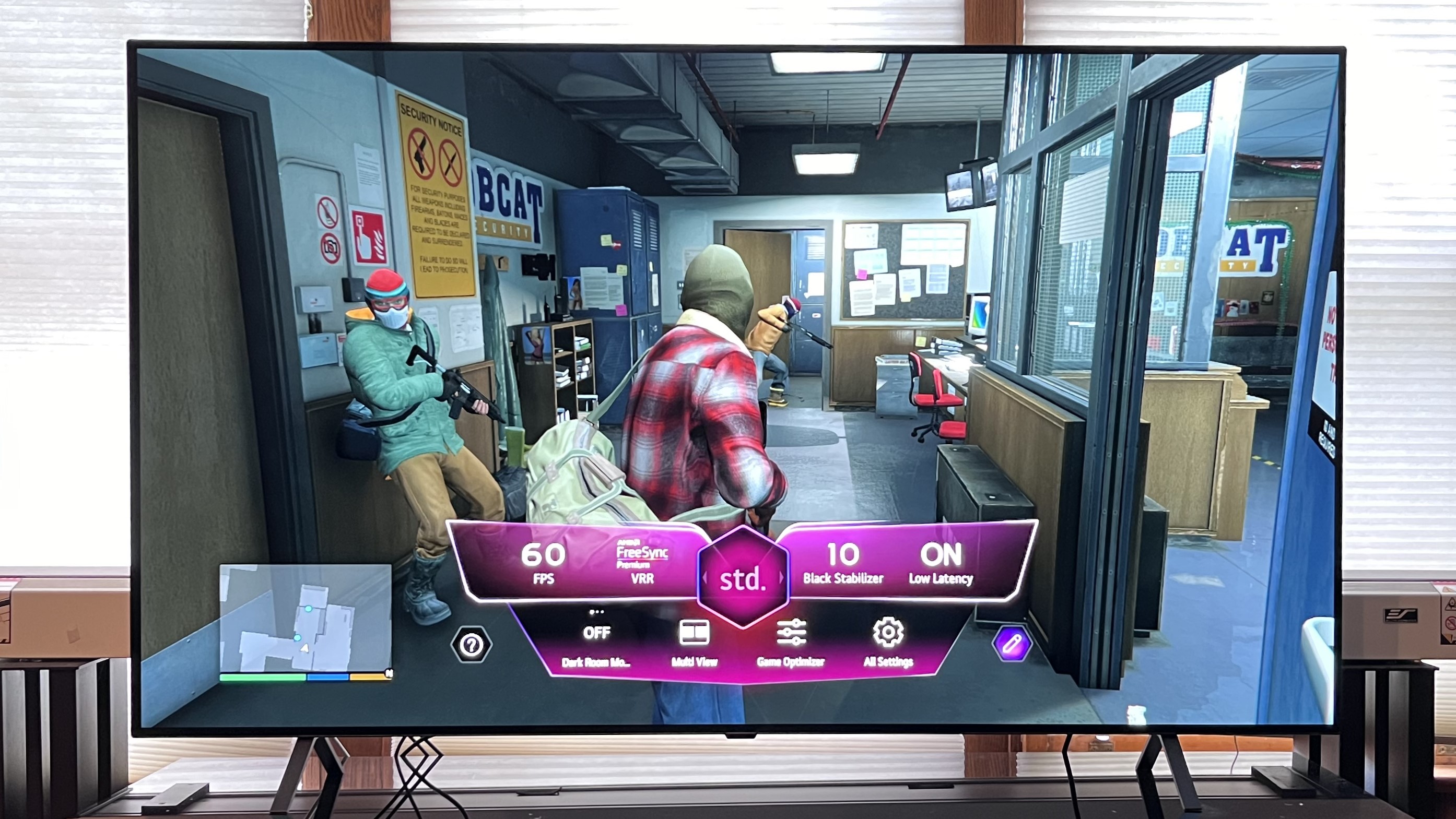
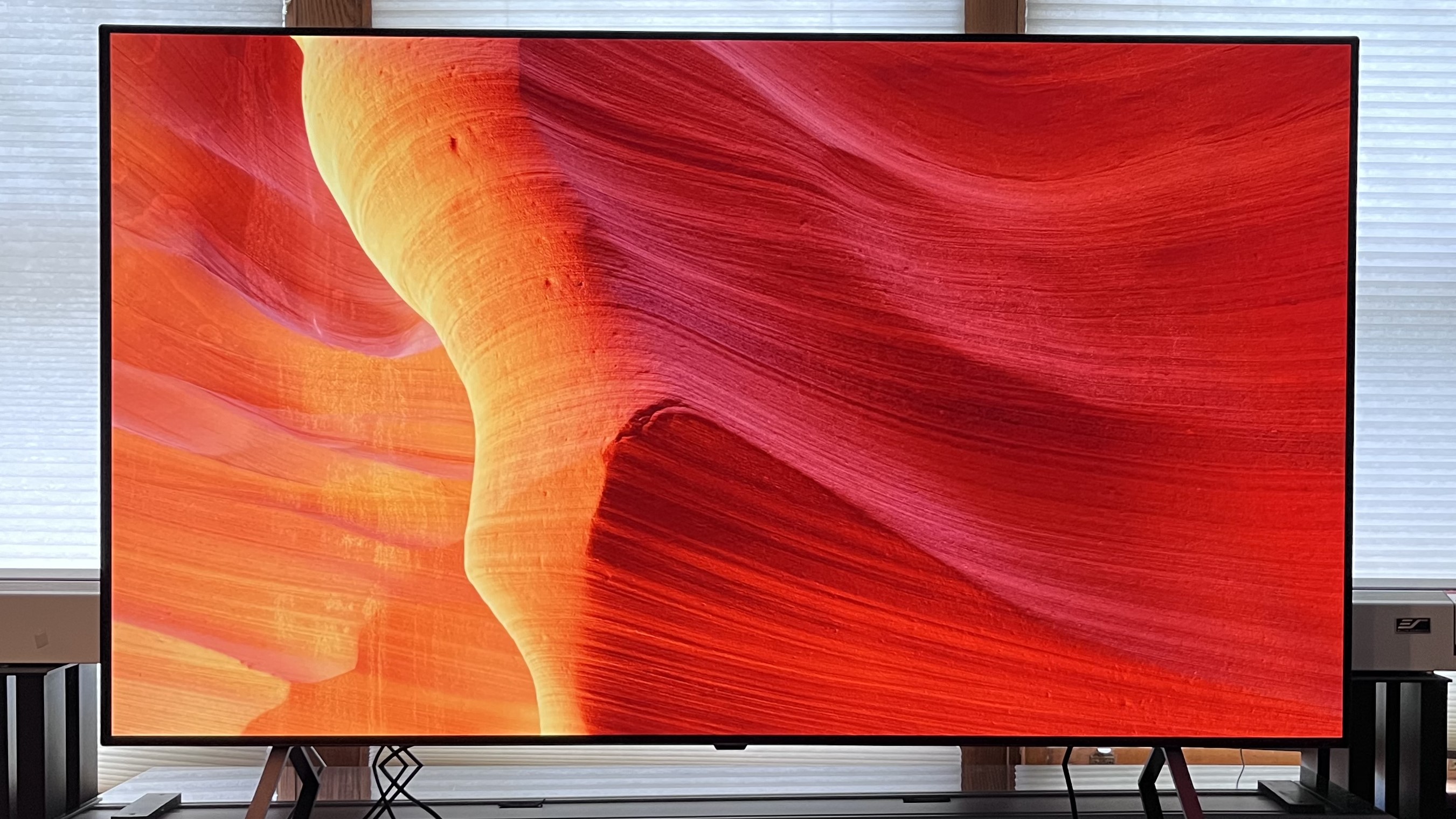
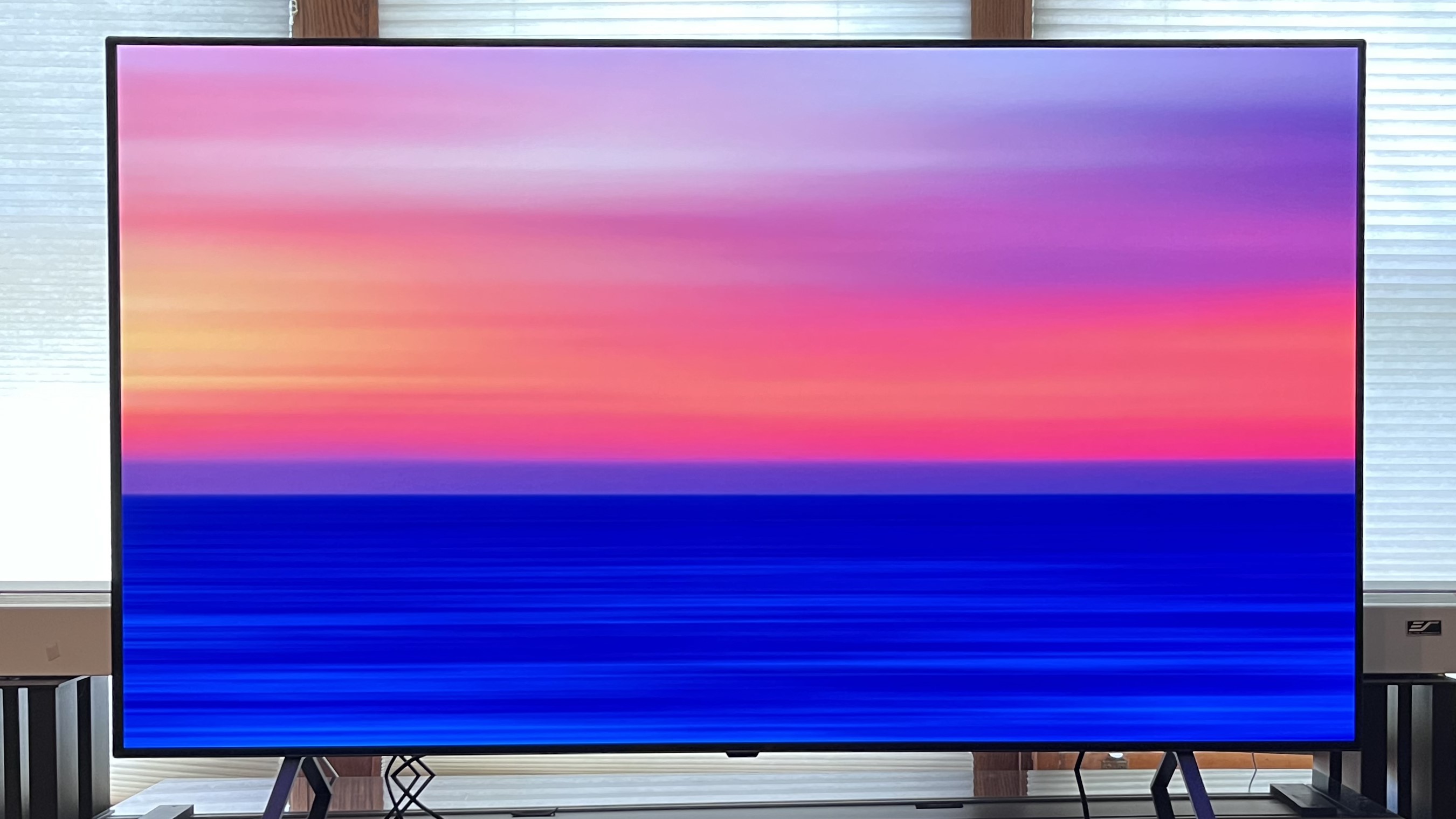
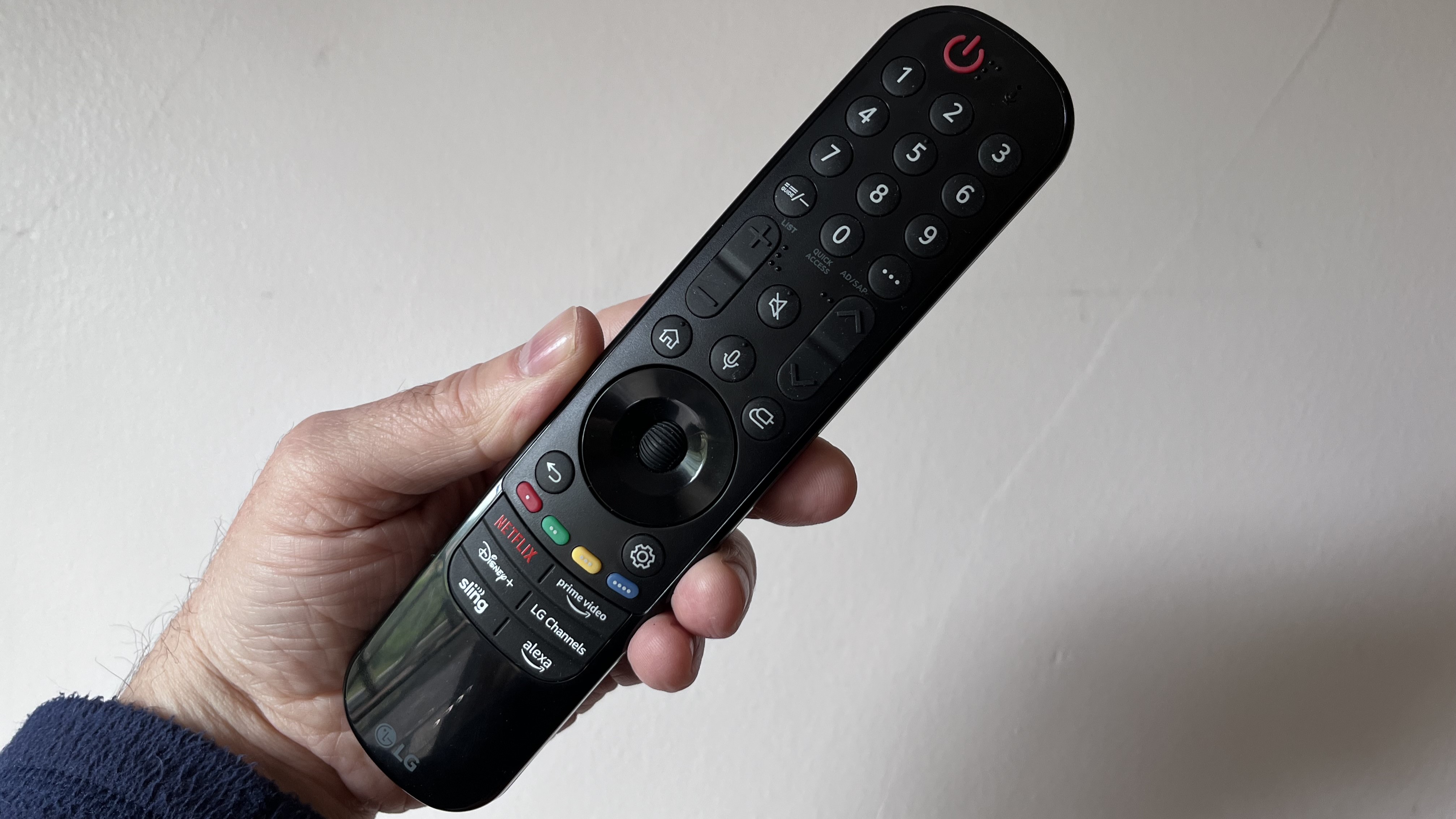
Specifications
Reasons to buy
Reasons to avoid
✅ You want an affordable OLED for gaming: The LG B4 is the cheapest way to get a 2024 OLED TV – and you'll still get great picture quality and features.
✅ You want a well-featured OLED for gaming: The B4 comes with four HDMI 2.1 ports with 4K 120Hz , ALLM and VRR support at a more affordable price than other OLED TVs.
❌ You want the best built-in sound: The B4's speakers are adequate, but you won't get the same sound quality you'd find in the Sony Bravia 8 or most Samsung models on this list.
❌You like a bright picture: Compared to all other TVs on this list, the LG B4 has limited brightness, topping out at just over 650 nits.
OLED gaming doesn't have to be expensive, and this is proven by the LG B4 – the cheapest 2024 OLED TV you can buy. Despite its cheaper price, the B4 comes with plenty of features and a punchy performance that will keep gamers happy, especially with the introduction of its new features. The B4 is also available in a 48-inch size for the first time, perfect for gaming in bedrooms or smaller living rooms.
The B4 carries an improved list of gaming features over its predecessor, the LG B3, with four HDMI 2.1 ports for the first time. All of these ports support 4K 120Hz, Dolby Vision gaming, VRR (AMD FreeSync and Nvidia G-Sync accounted for), HGiG and ALLM. It also delivers an ultra-low 9.2ms input lag time when Boost mode is activated in the Game Optimizer menu.
In our review of the B4, we were impressed not only by its gaming chops, calling it "an excellent gaming TV for price" but also by its picture quality. We found that the Dolby Vision Filmmaker Mode provided accurate presentation of color and contrast when watching Godzilla Minus One and also delivered excellent black levels throughout viewing. We were even impressed with its upscaling of non-4K sources, describing these images as "crisp with great detail."
It's not all perfect for the B4, as its lower brightness pales compared to most of the other TVs here, and its built-in sound is average, but if you're looking for a way to introduce OLED to your TV gaming setup and are on a budget, the B4 is your best choice.
Read our full LG B4 review
The best OLED gaming TV for brightness
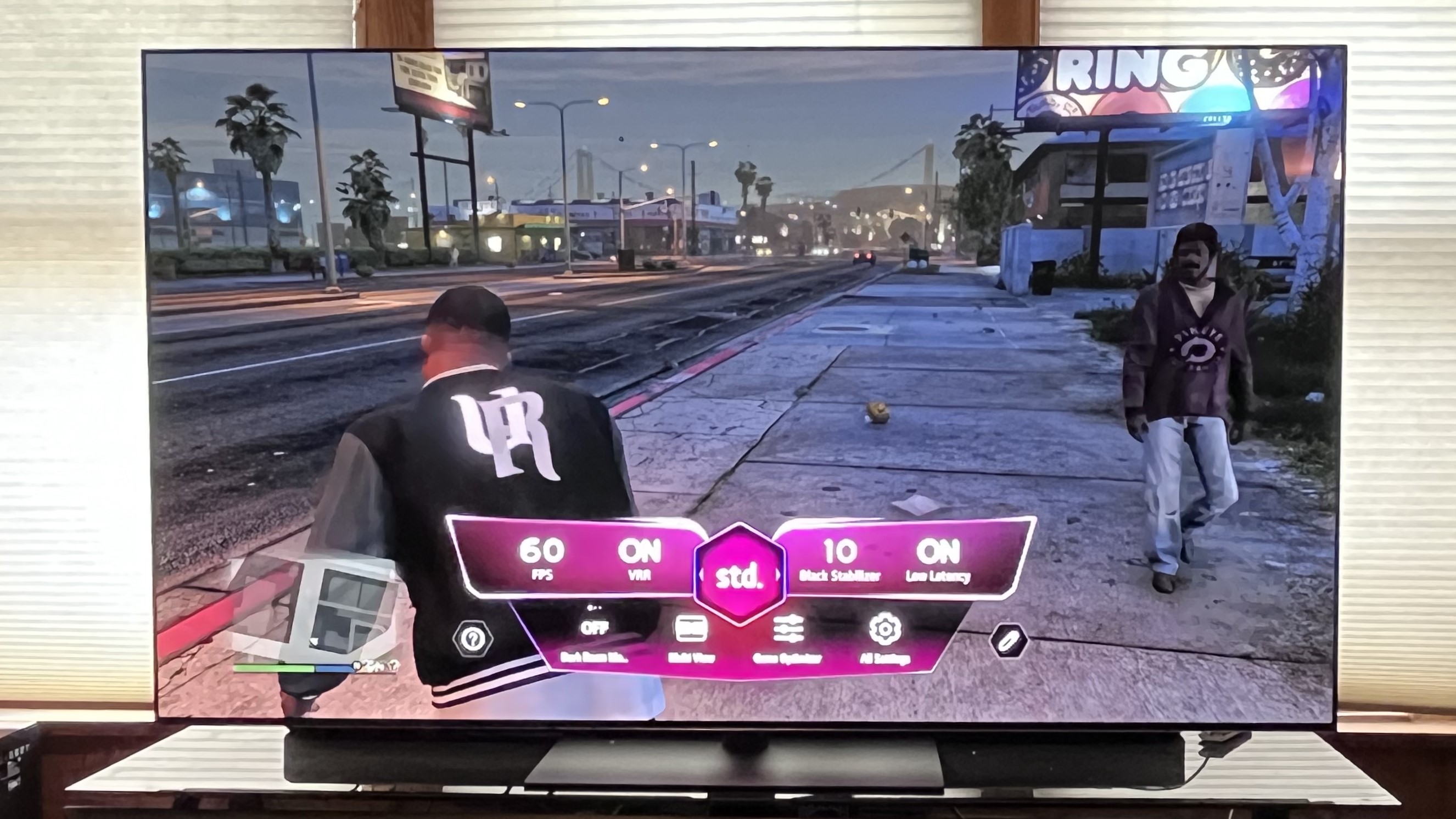
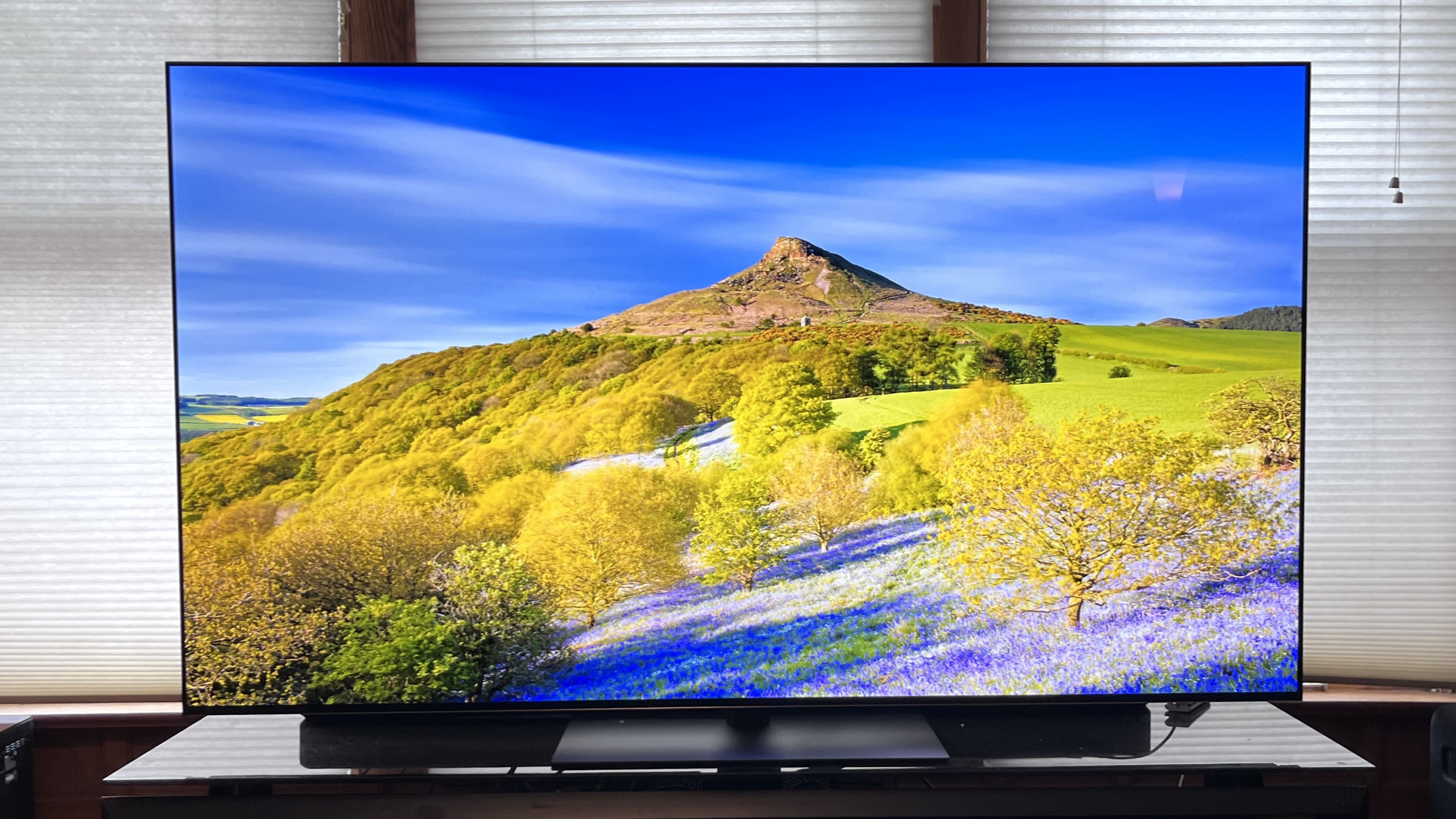
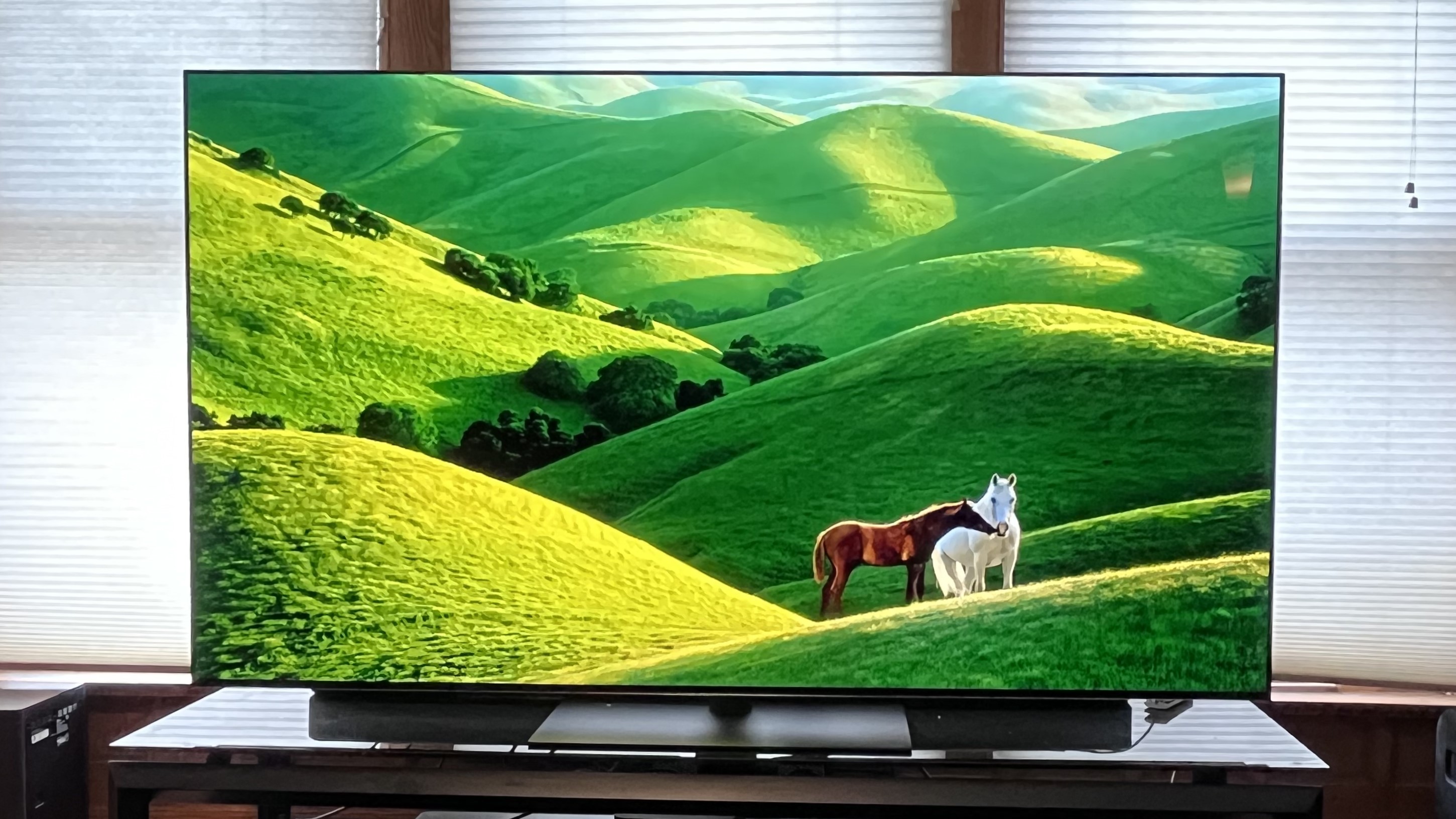
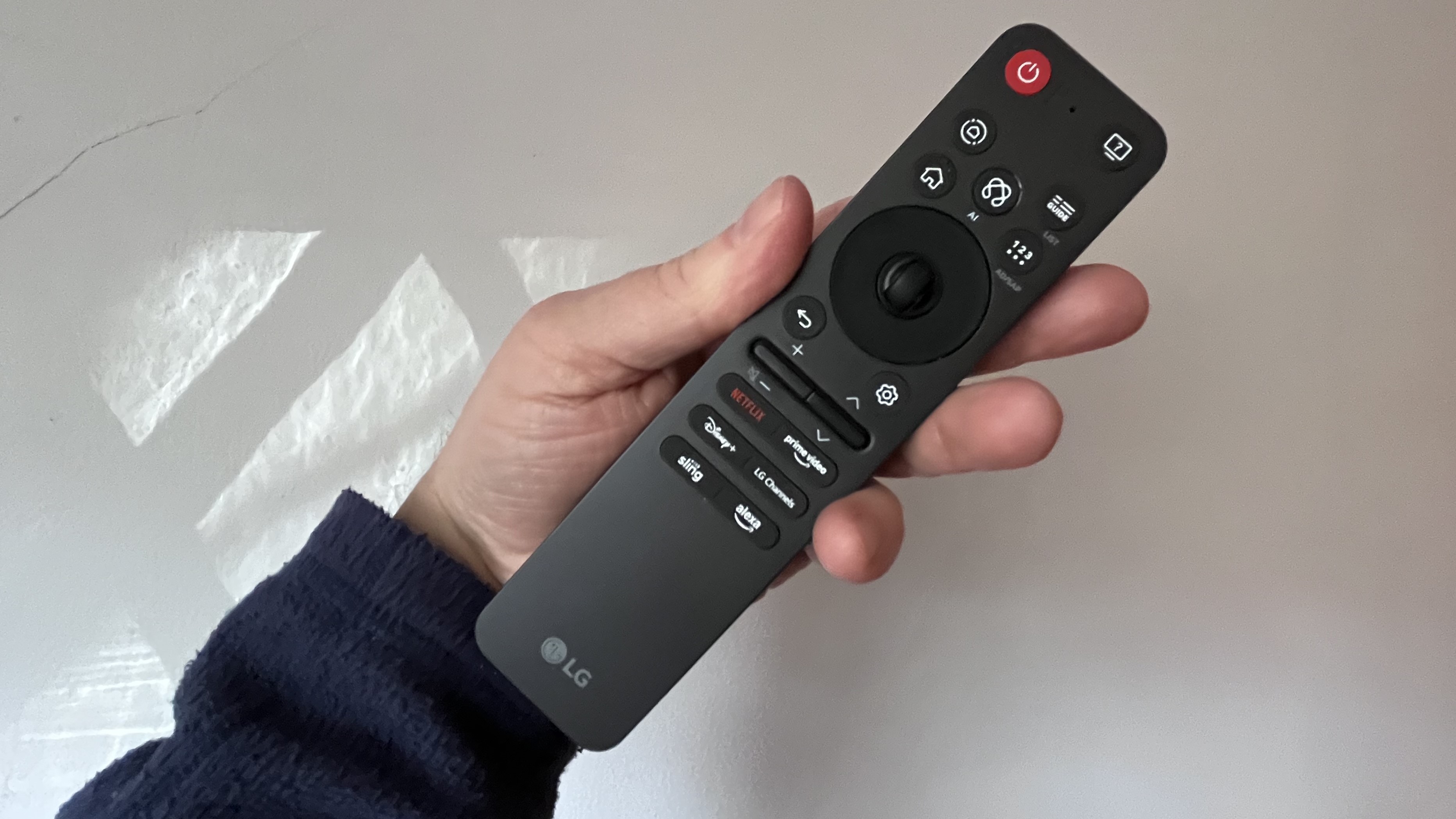

Specifications
Reasons to buy
Reasons to avoid
✅ You want a super-bright OLED: With a 'four-stack' panel that hits new brightness highs for OLED, the G5 is perfect for gaming.
✅ You want a TV with every gaming feature: The G5 is fully equipped for gaming, with 4K 165Hz, VRR, ALLM and Dolby Vision gaming all supported.
❌ You want the best value OLED: While it is a fantastic TV, the G5 is significantly pricier than LG's C-series OLEDs, which carry as many features for less.
❌You want HDR10+ support: HDR10+ gaming may be a new thing, but the G5 doesn't support HDR10+ in any capacity.
The LG G5 features LG's latest OLED panel tech: the Primary Tandem RGB OLED (or four-stack). This panel delivers stunningly high brightness levels for OLED (the brightest we've measured so far) and when combined with the G5's full array of gaming features, it's the ideal TV for those who want OLED gaming in bright rooms.
Equipped with four HDMI 2.1 ports, the G5 supports 4K 165Hz, VRR (incluidng AMD FreeSync Premium and Nvidia GSync formats) Dolby Vision gaming and ALLM, meaning it covers every base. Combine this with its ultra-responsive performance (and low 9.1ms input lag time) and you get a superb OLED for gaming.
We measured the G5's peak brightness at 2,268 nits and fullscreen brightness at 331 nits (both in Filmmaker Mode), making it the brightest OLED we've tested so far. Its high brightness lets it be used in brighter viewing environments while maintaining accurate color, black levels and contrast.
The flagship G5 is undoubtedly a pricey, premium OLED TV. While there are better-priced mid-range options, such as the LG C4 at the top of this list, when it comes to bright room gaming, there aren't any better OLED TVs than the G5.
The best elite gaming TV for PS5
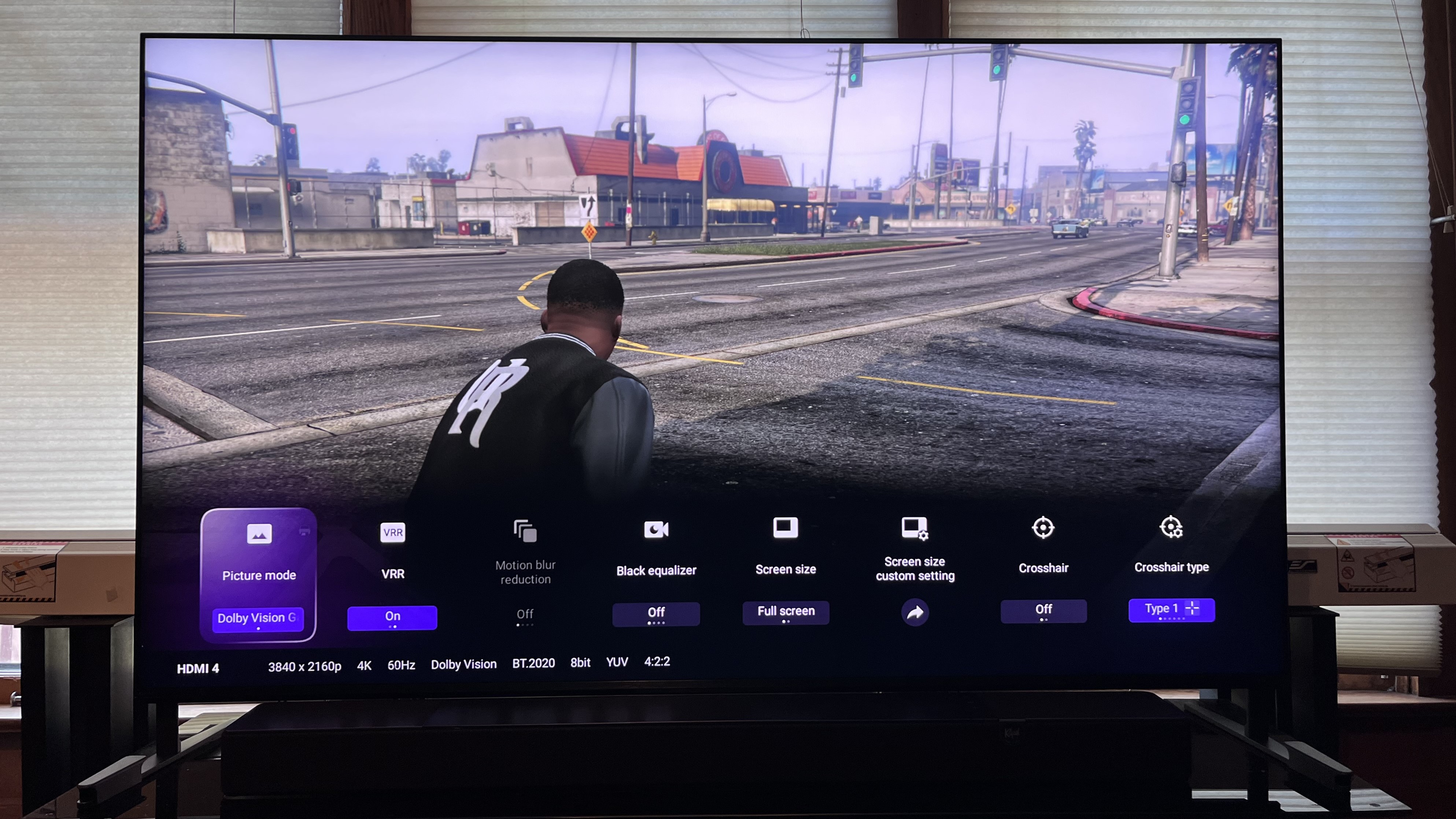
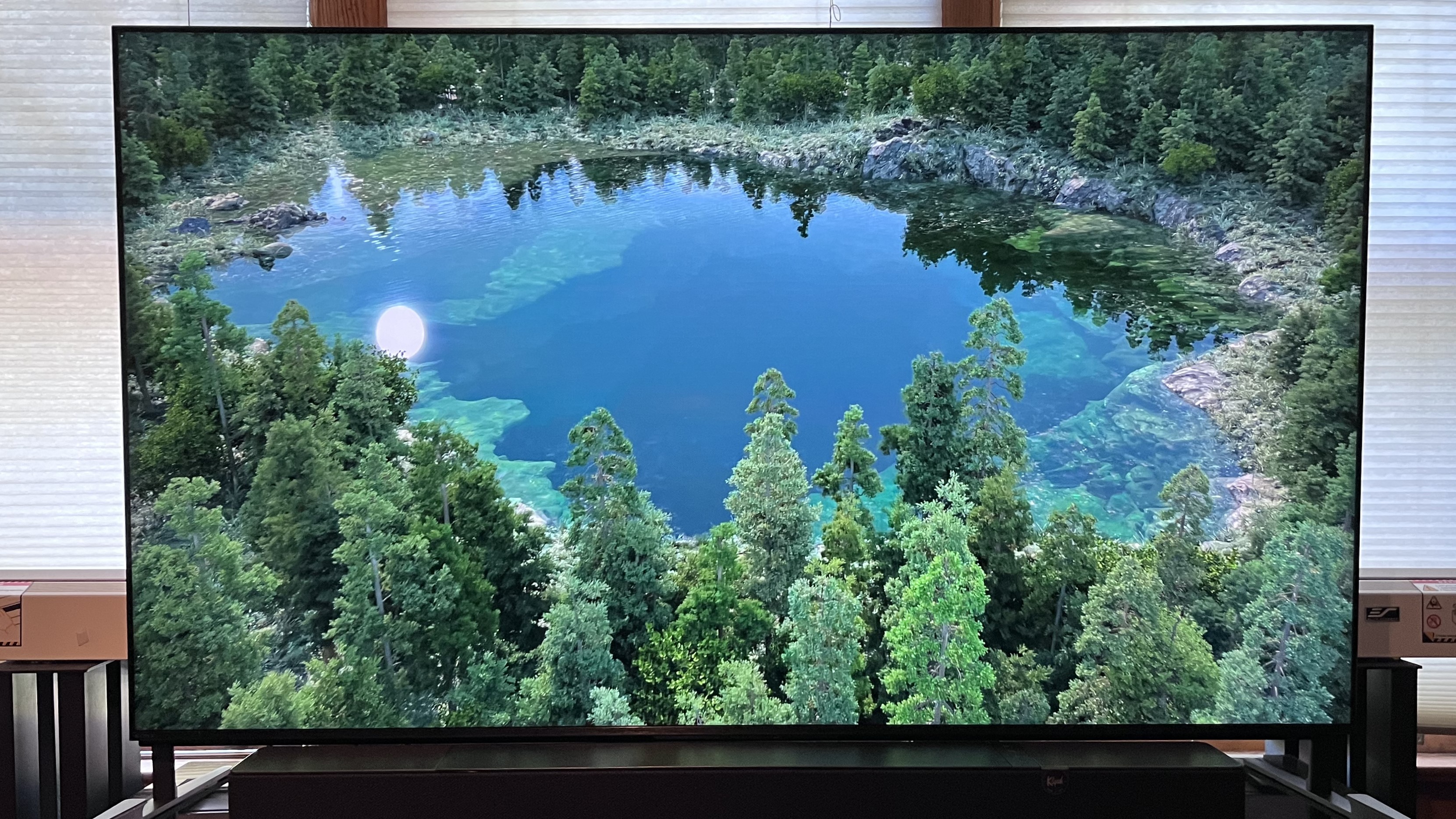
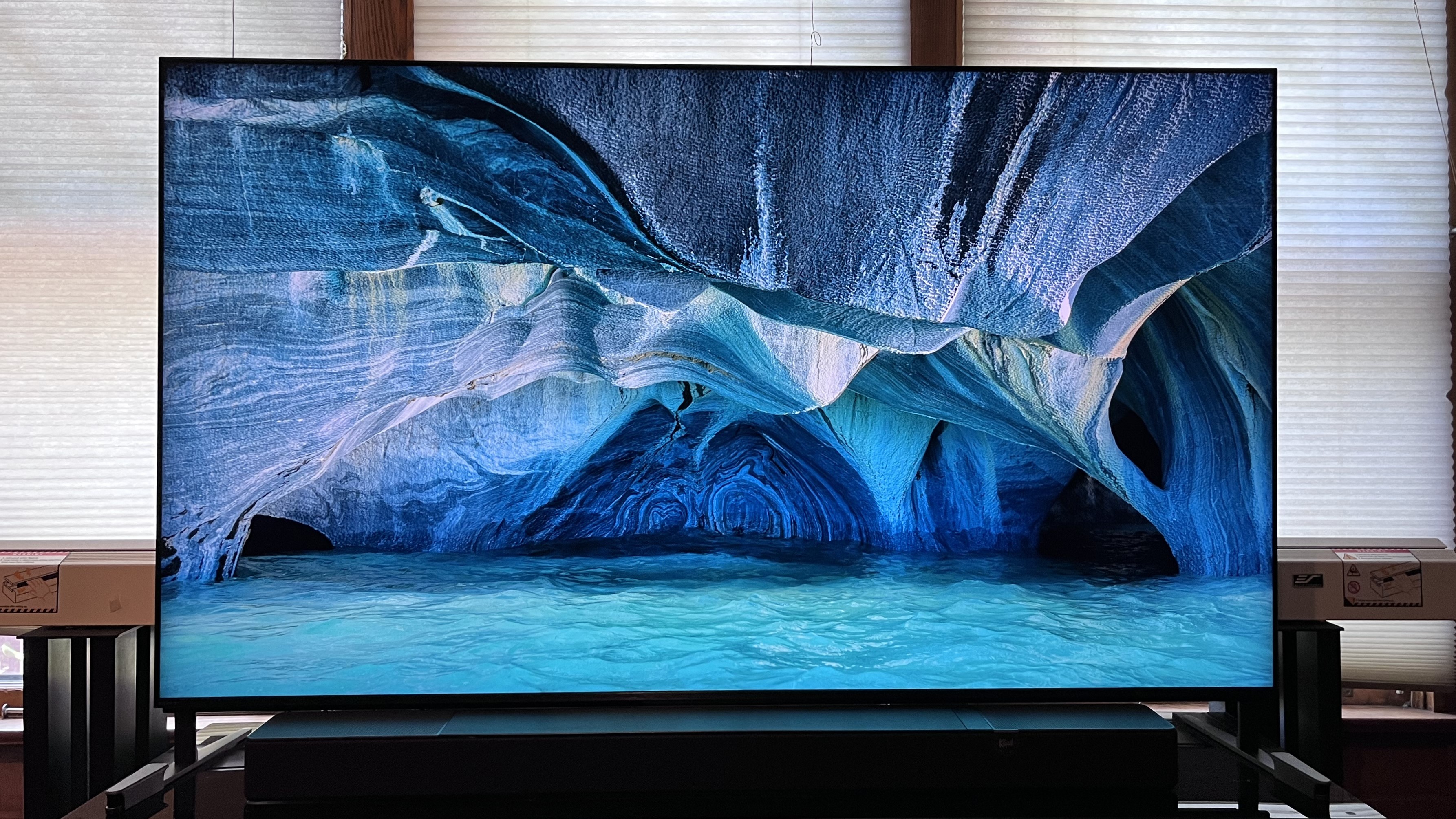
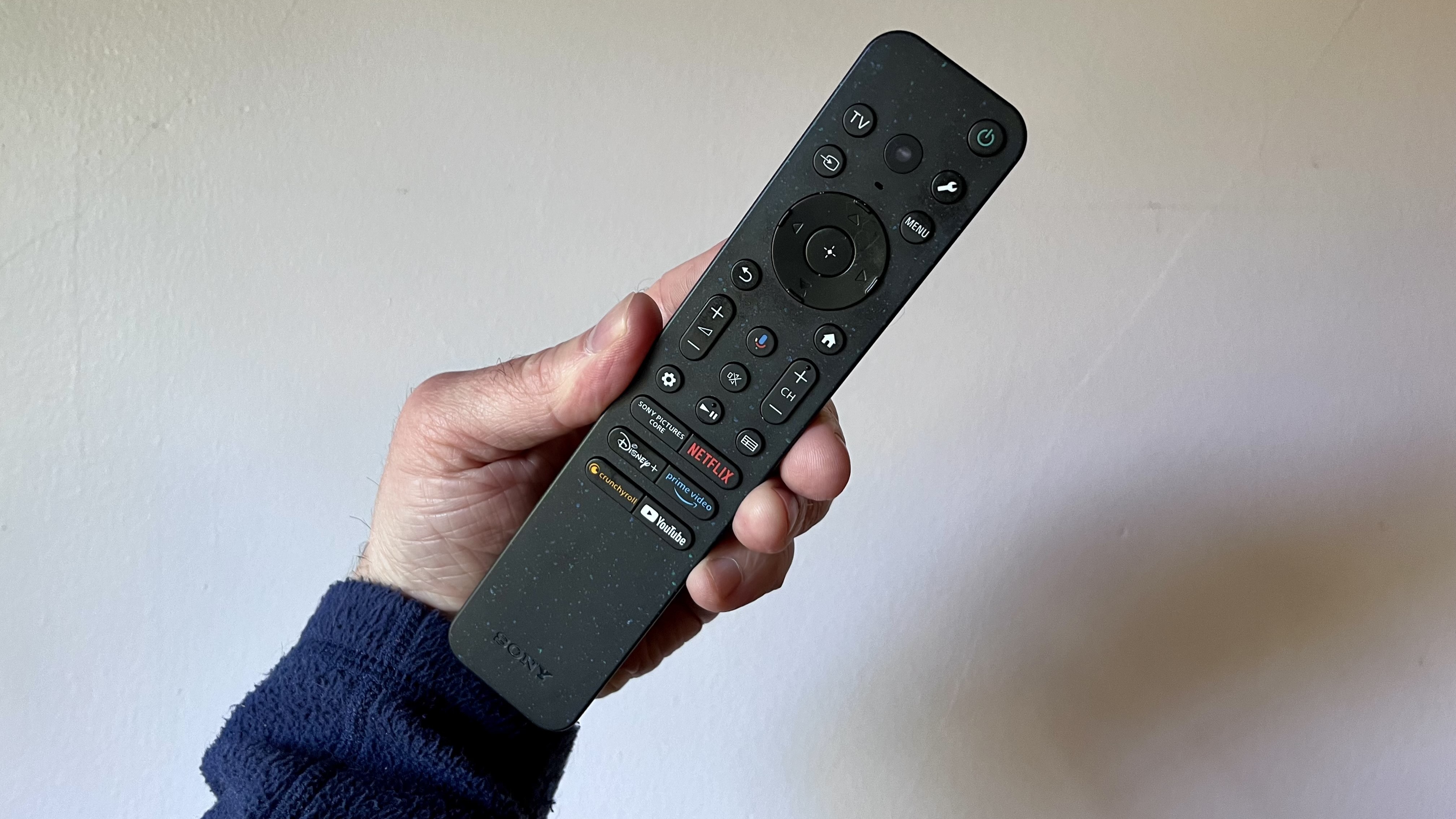
Specifications
Reasons to buy
Reasons to avoid
✅ You want a unique mini-LED TV: While its brightness and contrast are similar to other mini-LED TVs, it's the Bravia 9's OLED-level blacks that make it stand out in the mini-LED market.
✅ You want a premium PS5 experience: The Bravia 9's superb picture quality and Perfect for PS5 gaming features combine to make it the ultimate TV for your PS5.
❌ You want the most responsive gaming TV: The Bravia 9's 17ms input lag time is the highest of any TV on our list and falls just short of the 15ms that professional gamers look for.
❌You are on a budget: The Bravia 9's picture and performance come at a price that is even higher than many premium OLEDs.
The Sony Bravia 9 uses Sony's XR Backlight Master Drive with High Peak Luminance, which is a new twist on mini-LED tech that encompasses custom 22-bit LED drivers to offer significantly more refined local dimming, meaning best-in-class contrast for a mini-LED, and it's a fantastic improvement to pictures for both movies and gaming.
The Bravia 9 features PS5-exclusive features including Auto HDR Tone Mapping and Auto Genre Picture Mode when it detects a PS5, displaying the best picture possible. It also comes with 4K 120Hz, VRR (including Nvidia GSync but sadly not AMD FreeSync), Dolby Vision gaming and a Game Bar to make easy settings adjustments while gaming. While we did measure a higher-than-expected 17ms input lag time (most premium sets around this price have been sub-10ms), combining the Bravia 9's features with its picture quality makes for an excellent gaming experience as long as you're not a literal pro gamer.
Speaking of picture quality, the Bravia 9's is simply stunning. The sophisticated mini-LED tech means OLED-level blacks with rich contrast and exceptional brightness - 2,280 nits in standard mode in fact - that will be perfect for daytime viewing. Crucially, there's also little-to-no light bleed in high contrast images, something that is a regular issue for other mini-LED TVs.
In terms of built-in audio quality, the Bravia 9 follows in a long line of Sony sets that prioritize sound as well as picture. Acoustic Multi Audio+ creates an excellent sense of space and immersion and Voice Zoom 3 boosts dialogue levels during intense scenes. There's also even more unlocked when the Bravia 9 is paired with a Sony soundbar, including Acosutic Center Sync (using the Bravia 9's speakers as a bonus center channel) and 360 spatial audio mapping (creating phantom speakers for even more sound).
The Bravia 9 is undoubtedly pricey and is available in more limited sizes in the UK (75 and 85-inch only) but for those looking to go big with their gaming (especially PS5 owners), this is one of the best premium options you can get.
Read our full Sony Bravia 9 review
The best cheap gaming TV
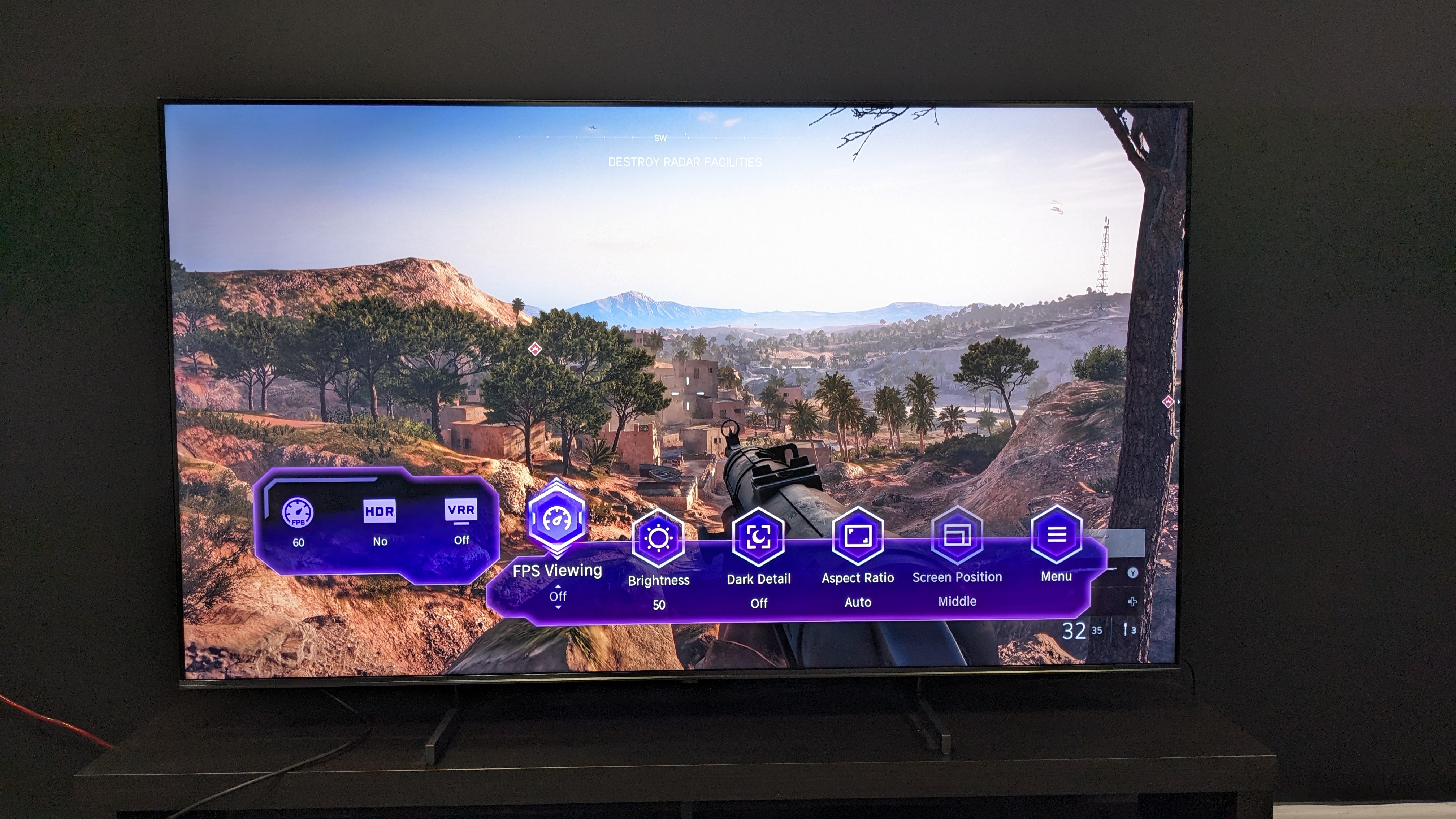

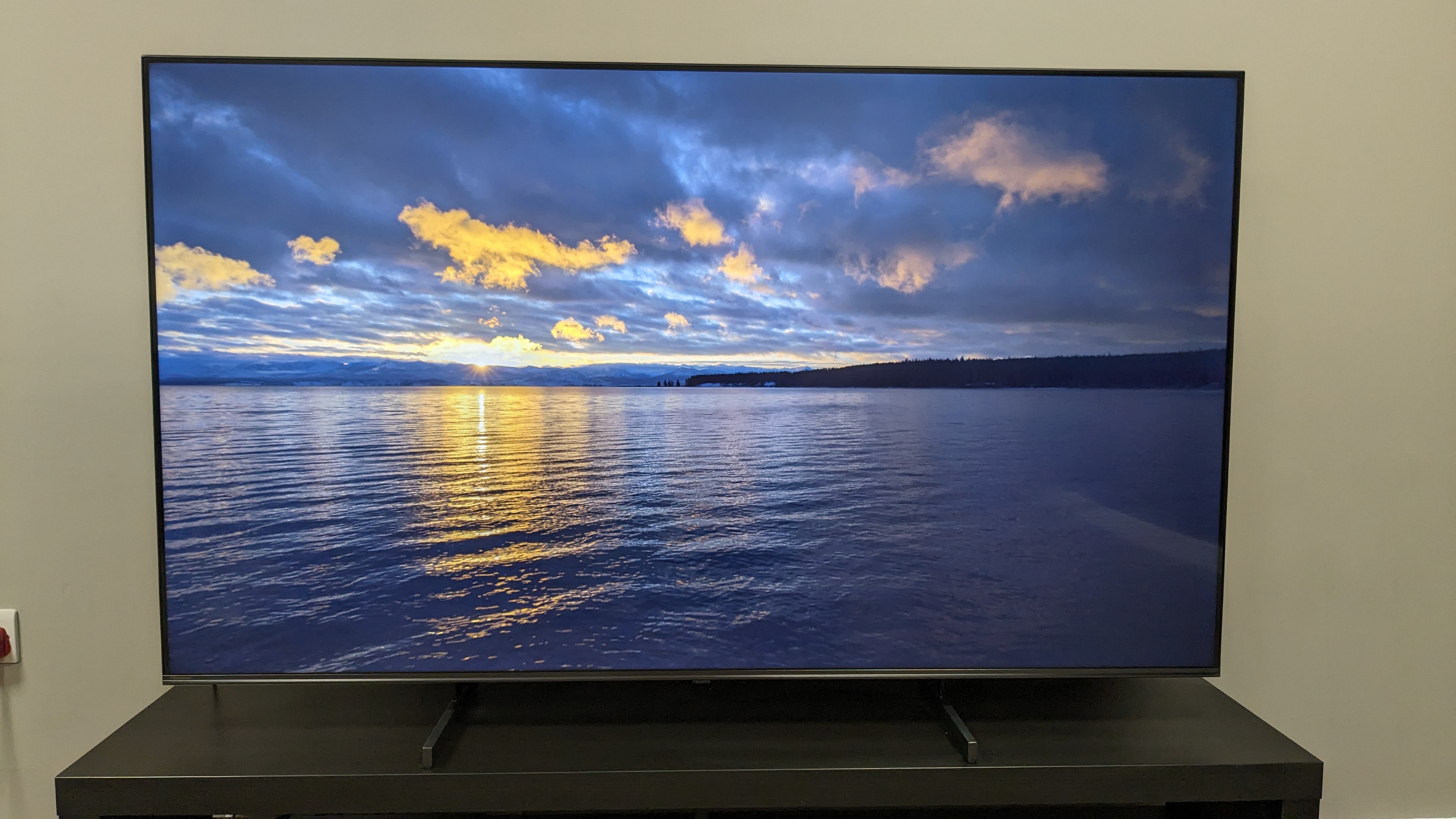
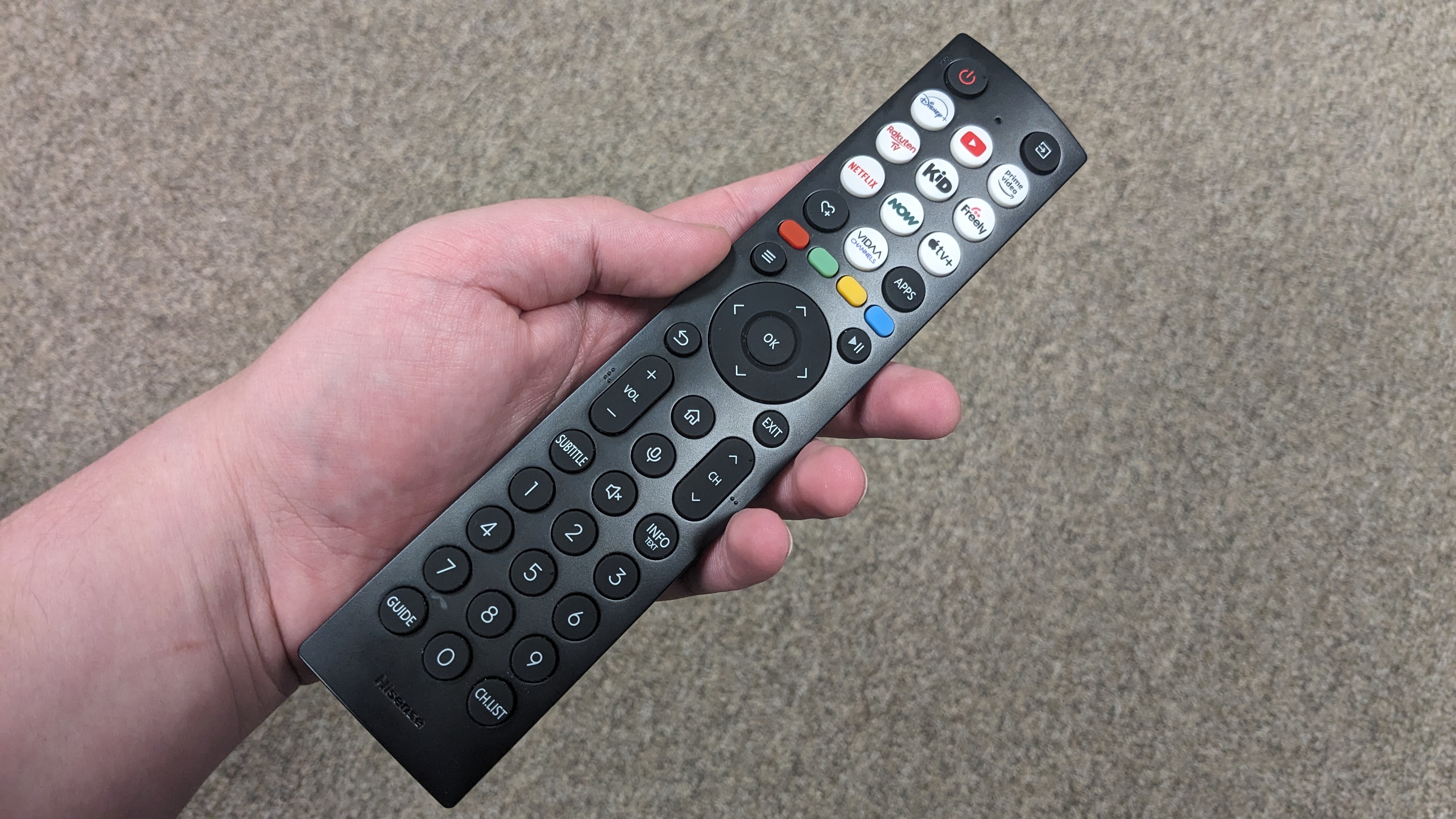
Specifications
Reasons to buy
Reasons to avoid
✅ You want a cheap gaming TV: The Hisense U6N has a good stock of gaming features and delivers good gaming performance for a budget-friendly price.
✅ You want a cheap mini-LED TV: The U6N is one of the most affordable ways to get a mini-LED TV, giving you more dynamic pictures than standard LCD sets.
❌ You want a full suite of gaming features: While the U6N is well stocked, there is no 120Hz support included; look to the Hisense U7N or Samsung Q80D as the cheapest way to get this.
❌You don't want to use a soundbar: The U6N's sound will be suitable for casual viewing, but we'd recommend a soundbar for those looking for a more immersive experience.
The Hisense U6N may not have all the bells and whistles of the other gaming TVs on this list, but it does have a good stock of features and delivers solid performance, especially for its budget-friendly price.
Despite no 120Hz support, the U6N offers 4K 60Hz, VRR (AMD FreeSync, Nvidia G-Sync and HDMI Forum), ALLM and Dolby Vision gaming. it also has a solid 13.2ms input lag time for smooth performance at 60fps.
In our Hisense U6N review, we were impressed not only by the U6N's gaming performance but also by its picture quality. While not as refined as more premium sets, the U6N still delivers good detail, solid contrast and punchy, natural colors that are better than its budget price would suggest.
The U6N however will require some tweaking in the settings and we'd recommend adding a soundbar for anything more than casual viewing. But, if you're looking for a cheap TV to play games at 60fps, then it's hard to argue against what the U6N offers.
Read our full Hisense U6N review
How to choose the best gaming TV
How to choose the best gaming TV
• High latency causes a delay between button-pressing and action
• Almost all TVs now have a Game Mode for lower latency
• For best performance look for HDMI 2.1, 120Hz, VRR and even Nvidia G-Sync
There are a few key things to consider when you're choosing the best gaming TV for you.
Game Mode and low latency: Latency is the time between when an image is sent by the console and when it actually shows up on the screen. Modern TVs do a lot of clever processing to images to make them look better, but this takes time, which means there's a delay between you pressing a button on a controller and seeing the result – that's not ideal in a fast-paced game. All TVs now have a Game Mode, or something with a similar name, which reduces the processing, meaning lower latency.
HDMI 2.1: The latest and greatest HDMI connector tech, which includes support for ALLM, 4K 120Hz, and VRR.
ALLM: Auto Low Latency Mode is a newer feature where consoles can tell the TV to switch into Game Mode automatically – you won't have to set it with a remote.
4K 120Hz: This means a TV can refresh its screen up to 120 times per second, while still displaying at 4K resolution. Cheaper TVs are more likely to refresh at 60 times per second. You may also find some mid-range 4K TVs that refresh at 120Hz, but don't include HDMI 2.1, so they can only show Full HD resolution at 120Hz, or 4K at 60Hz.
VRR: Variable Refresh Rate is a feature that means the TV will synchonize the speed at which is refreshes the screen with whatever the current framerate of your game is. This means games don't have to stay locked to 30, 60 or 120fps to avoid screen tearing, which means they can offering better graphics. There are three types of VRR: HDMI forum; FreeSync and G-Sync.
HDMI forum VRR: This is supported by both the PS5 and Xbox Series X, and is an official part of the HDMI 2.1 spec. Most TVs with HDMI 2.1 support it.
AMD FreeSync: This is supported by the Xbox Series X and AMD graphics cards on PC. It's pretty common to find on TVs, including on some without HDMI 2.1.
Nvidia G-Sync: This is supported by Nvidia graphics cards on PC, but not by consoles. It's pretty rare to find on TVs, too, but it does happen.
What features on gaming TVs are relevant to PS5 and Xbox Series X?
• Both PS5 and Xbox Series X support 4K 120Hz and VRR
• Xbox Series X supports Dolby Vision gaming, PS5 does not. However this is not available on Samsung TVs
• Some Sony TVs have PS5-specific features to automatically enhance the picture
Whether you own a PS5 or Xbox Series X could impact the gaming TV you choose, especially if you're looking to get the most from your console. Certain TVs on this list are better suited to certain consoles.
While both consoles support 4K 120Hz, VRR, and other gaming features, the Xbox Series X supports Dolby Vision gaming, while the PS5 does not. But, if you have an Xbox Series X, you won't be able to take advantage of Dolby Vision gaming if you opt for a Samsung TV as Samsung TVs don't support Dolby Vision.
Elsewhere, Sony's range of TVs, including the Sony Bravia 8 OLED and Sony Bravia 9 mini-LED, carry PS5-specific features (as Sony also makes the PS5), including an Auto HDR Tone Mapping feature that automatically enhances the picture when a PS5 is detected on a compatible Sony TV.
Generally, you'll still get a lot from your console regardless of what TV you buy from this list, but the above features are worth noting if you're looking to get that little bit extra.
Is a TV good for PC gaming?
• A 4K gaming TV can make for a great gaming monitor substitute
• You'll need a PC that can handle 4k resolution on a big screen
• Some TVs may struggle to upscale lower resolutions such as 1440p or 1080p
We've established that gaming TVs are fantastic companions for your games consoles, but what if you play on PC? There's certainly an appeal in playing graphically intensive PC games on a big screen, but how does that play out in practice?
While a gaming TV can certainly substitute for a PC gaming monitor, you'll need to make sure your PC can handle the resolution. 4K screens are naturally more taxing on your PC's resources due to them offering much higher image quality.
If your PC is up to scratch, you'll get a smooth experience at 4K on a bigger screen. If not, you may have to switch your game to a lower resolution like 1440p or 1080p, in which case your gaming TV might not be able to handle the upscaling needed very well. This will result in a blurrier than intended image thanks to the size of the TV compared to a monitor.
It's a double-edged sword, then, and almost entirely dependant on how powerful your PC is. If you've got the high-end parts to make it happen, then PC gaming on a TV can produce wonderful results. If it's not quite there, then you're better off playing on a smaller monitor able to output a sharper, cleaner image.
How much is a gaming TV?
• 4K TVs are now very cheap – you could get one for as little as $300 / £300 / AU$450
• At this price you probably won't get gaming features such as 4K 120Hz and VRR
• For gaming features and a big screen expect to pay around $800 / £900 / AU$1,200
TVs suited for gaming vary wildly in price, depending on a wide number of factors. 4K TVs are incredibly common these days, and can be bought for as little as $300 / £300 / AU$450. Of course, you're getting very basic features with a TV at this price, with a size of around 43 inches, and almost certainly lacking 4K 120Hz support, and variable refresh rates.
But these features can be found on TVs that aren't too expensive, often available for under $800 / £900 / AU$1,200 in smaller sizes. If you want gaming feature for next-gen consoles, you need to assume you'll pay something starting in that region.
Do I need an 8K gaming TV?
• You definitely don't need an 8K gaming TV
• PS5 Pro supports 8K, and a handful of 8K games are available
• 4K 120Hz gaming currently offers a better TV gaming experience
The short answer? No.
While the original PS5 and Xbox Series X console technically come with this capability baked-in, the PS5 had its 8K status removed before the arrival of the PS5 Pro. The Xbox Series X, meanwhile, can upscale games to 8K, but would struggle to run them natively due to the power demands.
The PS5 Pro is marketed as 8K capable, but again there's a little more to it than that. Though a very powerful console, even the PS5 Pro usually upscales games to hit the 8K mark. It does this through its PlayStation Spectral Super Resolution (PSSR) feature – which is similar to Nvidia's DLSS and which uses AI to upscale the image.
There are currently a handful of games that can take advantage of the PS5 Pro's 8K capabilities – among them No Man's Sky, F1 24 and Gran Turismo. There's also one game, the forthcoming Pure Pool Pro, that will reportedly run in native 8K on PS5 Pro, rather than being upscaled via PSSR.
However, even with PS5 Pro there are further caveats – for instance your TV will need to have Display Stream Compression (DSC) over HDMI 2.1 in order to actually be able to output at 8K.
In short, unless you are an 8K obsessive, there's really no immediate need to get an 8K TV for gaming. Gaming devs are still getting to grips with 4K performance, and in general other picture specifications such as high frame rate (60fps, 120fps) are more important.
Maybe it'll be a different answer in 2026 or 2027, but for now we think the 4K gaming TVs listed above will do you just fine.
New gaming TVs for 2025
At CES 2025, several brands revealed their TV lineups for 2025 and among them were a few TVs that could make their way onto this list, either alongside or replacing their predecessors.
From Samsung, we have the Samsung S95F, its flagship 2025 OLED and predecessor to the Samsung S95D. It carries improved gaming features including 165Hz refresh rate for PC gaming, but it's the improved, second-generation OLED Glare Free tech we're excited about. We loved OLED Glare Free (an anti-reflection screen) on the S95D as it effectively eliminated reflections in bright viewing environments and from what we've seen of the second-gen version on the S95F, it's just as effective and maintains more accurate black levels.
Also from Samsung is the Samsung QN90F, the successor to the best TV for bright rooms on this list, the Samsung QN90D. The QN90F will also have a Glare Free screen and we're expecting a brightness increase, which will hopefully make the QN90F even better than its predecessor for gaming in bright environments.
Panasonic revealed the Panasonic Z95B, its 2025 flagship OLED, which will come stocked with a near-full suite of gaming features. It also uses a four-stack OLED panel and from what we've seen, its picture is seriously impressive. If its sound quality is anything like its predecessor, the Panasonic Z95A, the Z95B could be an excellent all-rounder.
We've yet to hear about new gaming TVs from Hisense, Sony, Philips and TCL, and we're still waiting for more details on the LG B5 OLED, but we expect there'll be other competitive TVs to follow in the footsteps of the Hisense U8N, Sony Bravia 8, Philips OLED809 and OLED909 and more in 2025.
How we test the best gaming TVs
• We primarily test the best gaming TVs in Game Mode with an Xbox Series X
• We test latency using a Leo Bodnar 4K HDMI Input Lag tester
• We test image quality with a test pattern generator, colorimeter and other specialized equipment
When we test the best gaming TVs, we’re mainly looking at gaming performance and related features that enhance gaming. For these tests, we apply the same criteria used in our reviews such as picture and audio quality based on objective and subjective tests.
For gaming TVs, we use a gaming console (mainly an Xbox Series X although this can vary based on the reviewer) to test motion performance with graphics, analyzing latency and response time. We put the TV in its Game Mode during these tests to keep it consistent across each model and to maximize the gaming experience.
We also look for features such as VRR and 120Hz refresh rate to test their effectiveness. Not all the best gaming TVs have to provide these features, but it’s something we take into consideration during testing. To test latency added by the TV’s processing, we use a Leo Bodnar 4K HDMI Input Lag tester, with that measurement taken in the set’s Game Mode.
We also test picture quality with movies and TV shows, cycling through preset picture modes such as Standard and Movie to determine which is the most accurate. We’ll then play a variety of sources including 4K Blu-ray, 4K and HD streaming, and lower-res formats such as broadcast TV and DVD to evaluate the TV’s upscaling.
Another important area we test is how well a gaming TV handles dark tones, looking particularly at black uniformity (the ability to evenly display black across the screen) and its overall contrast.
We use specialized equipment, including a test pattern generator and colorimeter, to take measurements for our objective tests, with the results recorded in Portrait Displays’ Calman calibration software.
To test a TV’s overall brightness, we use various-sized white windows, including 10% and 100%. A 10% window provides a standardized indication of the peak brightness that can be expected, whereas 100% shows how consistently it can display a bright image such as a colorful video game. These tests also determine how a TV handles screen reflections, which is crucial for daytime gaming.
The color reproduction tests we make with both HDR and SDR sources are important to see how faithfully and accurately a TV can display source material, and they also indicate the maximum color gamut available. We additionally test for grayscale accuracy, looking at how consistently a TV tracks gray tones on the screen from black to white.
We aim to keep conditions consistent across our tests, but it’s worth noting that some writer setups do vary. We always strive, however, to use equivalent equipment and procedures so our results are comparable across TVs.
You can read more in-depth about how we test TVs at TechRadar at that link, and in particular for this guide, how we test TV input lag.
Other TVs we've tested
Hisense U8N: A super-bright, feature-packed mini-LED TV, the Hisense U8N comes with a good stock of gaming features at an affordable price (though it's better priced in the US than anywhere else). While it is a superb TV, the Samsung Q80D and Hisense U7N are cheaper, and have a great list of gaming features in their own right. But, as you can read in our Hisense U8N review, it's still a fantastic TV.
LG G4: The LG G4 is a premium OLED TV that delivers a premium gaming experience with a full stock of features across four HDMI 2.1 ports. Its MLA OLED panel means it delivers phenomenal brightness for an OLED, and its detail, contrast and color are incredible, too. While it's a superb TV, we preferred the Samsung S95D overall as the best TV for 'Super-bright OLED' as it delivers not only higher peak and fullscreen brightness, but its OLED Glare Free screen makes it perfect for daytime gaming. However, if you want Dolby Vision gaming support, read our LG G4 review, because the G4 carries that feature.
TCL QM851G: The TCL has spectacular brightness levels that make it a great option for brighter room gaming, but the Samsung QN90D is our choice due to its superior processing and wider range of size options (the QM851G starts at 65-inch). Make no mistake, as our TCL QM851G review says, this TV still delivers excellent picture quality, sound and a good number of gaming features so is still one for consideration. (Note that this is a US-only TV – the closest UK/Europe equivalent is the TCL C855)
Load the next products...
Philips OLED809/OLED909: Philips' OLED TVs strongest weapon and most unique factor is their Ambilight feature, a series of lights around the TV that project colors onto the wall behind. This adds a truly unique layer to gaming that make things feel even bigger and more immersive, plus both sets are stacked with gaming features and deliver amazing picture quality and sound. Unfortunately, they're only available in the UK and they don't quite offer the same value and performance ratio that the LG C4 does, especially because they only have two HDMI 2.1 ports each. However, read our Philips OLED809 review and our Philips OLED909 review if you like the idea of a TV that feels much bigger than it is.
Panasonic Z95A: The Panasonic Z95A is a fantastic flagship OLED TV that not only delivers exceptional picture quality, but unparalleled sound that's immersive and expansive. It also makes for a great gaming TV with 4K 144Hz, VRR and Dolby Vision gaming. But, it doesn't quite match up the Samsung S95D or LG C4 in terms of OLED gaming performance and value – again, especially because it has only two HDMI 2.1 ports. But that sound may make up for it, as our Panasonic Z95A review digs into.
Amazon Fire TV Omni QLED: A budget-friendly, QLED TV, the Amazon Omni QLED carries a decent amount of gaming features, incluidng VRR, ALLM and Dolby Vision gaming support and while it may be limited to 4K, 60Hz, we found in our Amazon Omni QLED review that "gaming performance is surprisingly good for a cheaper TV" and that its picture quality is colorful, natural and detailed for the price. While it is a good budget TV, the Hisense U6N takes its spot on the list as it offers mini-LED and more gaming features for only a fractional amount more.
TCL C855: A UK-specific model, the TCL C855 is an excellent mini-LED TV that has a great stock of gaming features, including 4K, 120Hz, VRR, ALLM and Dolby Vision gaming all included. It also delivers effective local dimming that results in superb contrast and black levels as well as bright and colorful picture quality. It doesn't quite make the list as the Samsung Q80d offers a more complete gaming experience, but find out more about this brilliant TV in our TCL C855 review.
Hisense 110UX: A big screen gaming experience like no other, the massive 110-inch Hisense UX has a solid list of gaming features and the performance to match. It also has great picture quality and a decent sound system, as we discovered in our Hisense 110UX review. You'll just first have to get over the shock of its price ($15,000!).
Panasonic Z85A: A mid-range OLED with much to offer, the Z85A's good list of gaming features matches up to other rival OLEDs, as we noted in our Panasonic Z85A review. The Z85A has a detailed picture with powerful contrast, but it is pricier than rival OLEDs such as the LG B4 and LG C4.
The latest updates to this best gaming TVs guide
24 October 2025
Swapped the LG C4 for the new LG C5 as our 'best gaming TV for most people' based on our recent testing and review.
14 July 2025
Swapped the Samsung QN90D for the Samsung QN90F for best for bright rooms as the latter features and anti-reflection screen and higher brightness levels.
6 May 2025
Swapped the Samsung S95D for the LG G5 as 'best super-bright OLED' for the latter's superior brightness levels.
Read more updates
10 March 2025
Added in a gallery of images for each entry on this list. Added more models we've tested to our Other TVs we've tested section.
14 February 2025
Added in the Hisense U6N as 'best cheap gaming TV'. Added in a section explaining PS5 and Xbox Series X specific features. Added Amazon Fire TV Omni QLED and TCL C855 to Also Consider section.
17 January 2025
Added a section discussing new gaming TVs we are expecting in 2025 that could be added to this list.
23 December 2024
Moved the LG C4 to become the best overall gaming TV as stock of the Samsung S90C runs out. We also introduced an Also Consider section with information about other sets that didn't make the list.
25 November 2024
Added in Buy it if boxes for each entry, explaining two reasons to buy and avoid each TV on this list
14 November 2024
Added a Black Friday TV deals section, explaining the deals we're likely to see on the TVs from this guide.
18 October 2024
Replaced the Sony A80L with the Sony Bravia 8, and the LG B3 with the LG B4, based on our testing.
19 September 2024
Replaced the Samsung QN90C with the Samsung QN90D as 'best for bright rooms'.
20 August 2024
Replaced the Samsung Q80C with the Samsung Q80D for 'best budget gaming TV (UK)
23 July 2024
Added the Sony Bravia 9 as 'best elite TV for PS5'
28 June 2024
Removed Amazon Omni QLED as 'best cheap TV'. Removed Hisense U8K as 'best cheaper 120Hz TV in the US'. Samsung Q80C became 'best budget (UK)' instead of 'best cheaper 120Hz gaming TV in the UK'. Added Hisense U7N as 'best budget (US)'.
3 June 2024
Replaced the LG C3 with the LG C4 as "The best for size options" due to improved picture brightness and gaming features.
3 May 2024
Replaced the Samsung S95C with the S95D as best super bright OLED, thanks to anti-reflection tech and higher peak brightness levels.
28 March 2024
Added test result charts for all TVs, to make them easier to compare.
27 February 2024
Added to the 'How We Test' section with a more in-depth breakdown of how our testing of the TV in this list works.
24 January 2024
Updated the FAQ's section with 'What new gaming TVs are coming in 2024?' discussing some of the latest models we're keeping our eyes on.
15 December 2023
Replaced Samsung Q80B with Samsung Q80C for 'best cheaper 120Hz (UK)' due to stock levels.
6 October 2023
Added the Amazon Fire TV Omni QLED as best cheap gaming TV, Hisense U8K and Samsung Q80B became 'best budget 120Hz gaming TV' for US and UK respectively. LG B3 replaced LG B2 for best budget OLED due to stock levels. Swapped Samsung QN85B for Samsung QN90C as best for bright rooms, due to low stock levels, and the Hisense matching the QN85B for brightness.
22 August 2023
Added the Samsung S90C as our new number one recommendation, based on our review and discussion of its merits compared to the LG C3. Added the LG C3 as the best option with a broad range of sizes. Replaced the Sony A80K with the newer Sony A80L.
13 July 2023
Checked all products against our latest reviews.
26 June 2023
Added this 'latest updates' section, to help readers see what recent changes have been made. Checked the products in the list against our latest reviews.
20 April 2023
Changed the structure of the guide to make it easier to find particular models that suit different needs, and to navigate to those models. Added Samsung S95C to the list, and removed some models.
6 March 2023
Updated the list to reflect current TV options, including adding the Samsung QN95B.
Sign up for breaking news, reviews, opinion, top tech deals, and more.

Matt is TechRadar's Managing Editor for Entertainment, meaning he's in charge of persuading our team of writers and reviewers to watch the latest TV shows and movies on gorgeous TVs and listen to fantastic speakers and headphones. It's a tough task, as you can imagine. Matt has over a decade of experience in tech publishing, and previously ran the TV & audio coverage for our colleagues at T3.com, and before that he edited T3 magazine. During his career, he's also contributed to places as varied as Creative Bloq, PC Gamer, PetsRadar, MacLife, and Edge. TV and movie nerdism is his speciality, and he goes to the cinema three times a week. He's always happy to explain the virtues of Dolby Vision over a drink, but he might need to use props, like he's explaining the offside rule.
- Al GriffinSenior Editor Home Entertainment, US
- James DavidsonTV Hardware Staff Writer, Home Entertainment